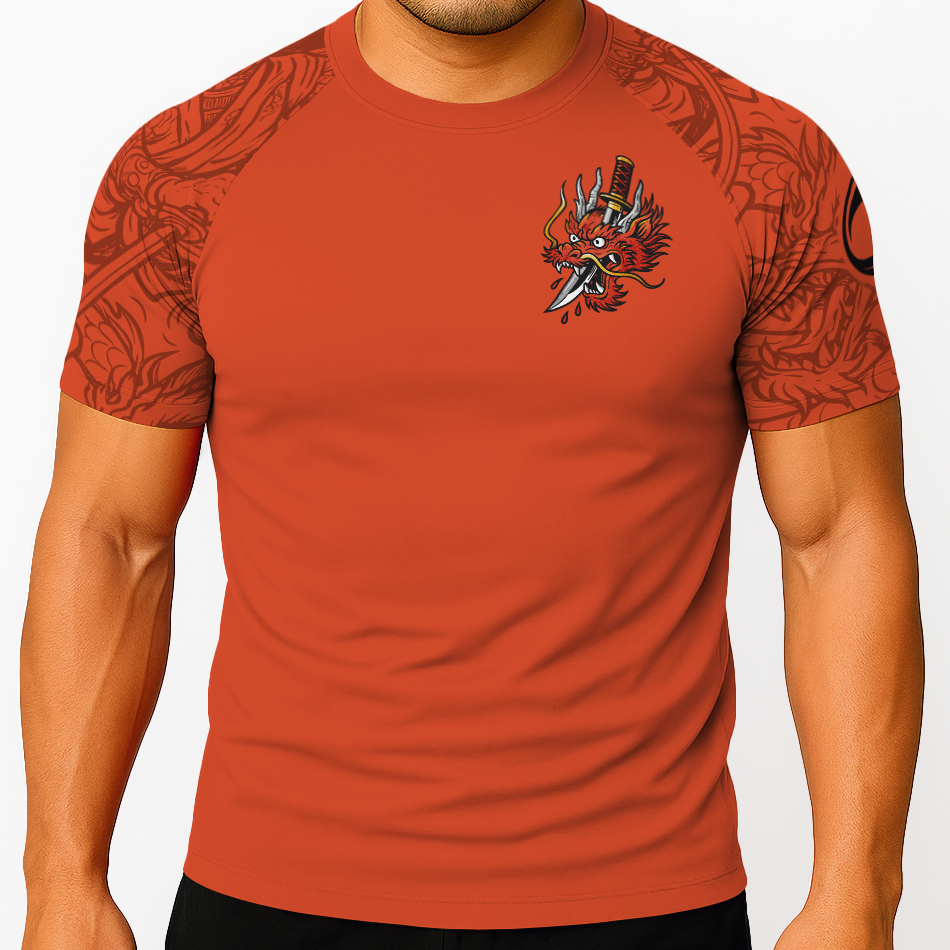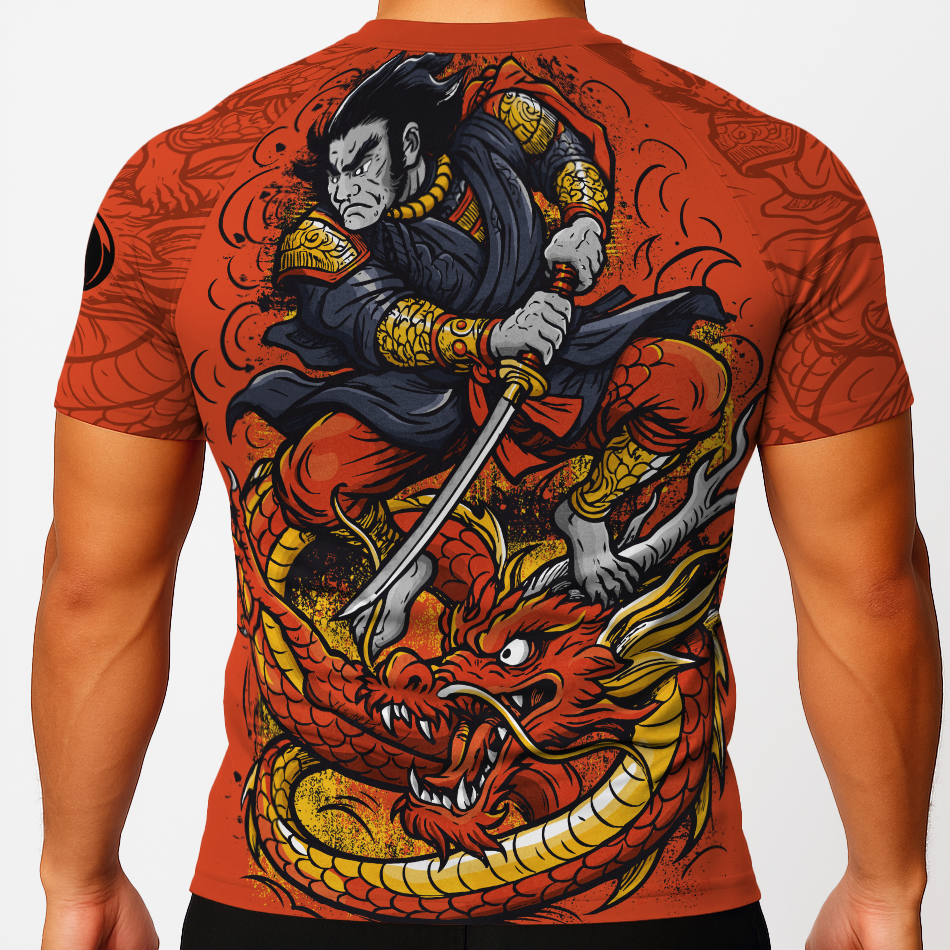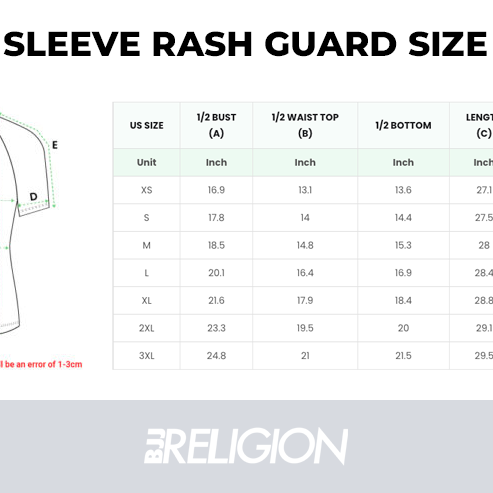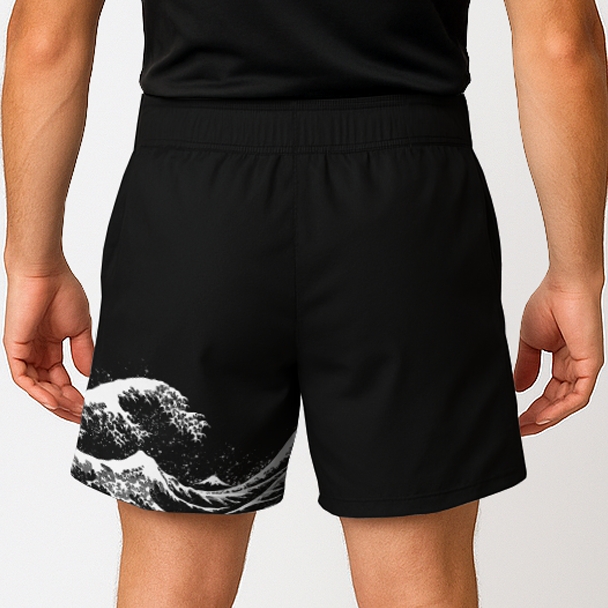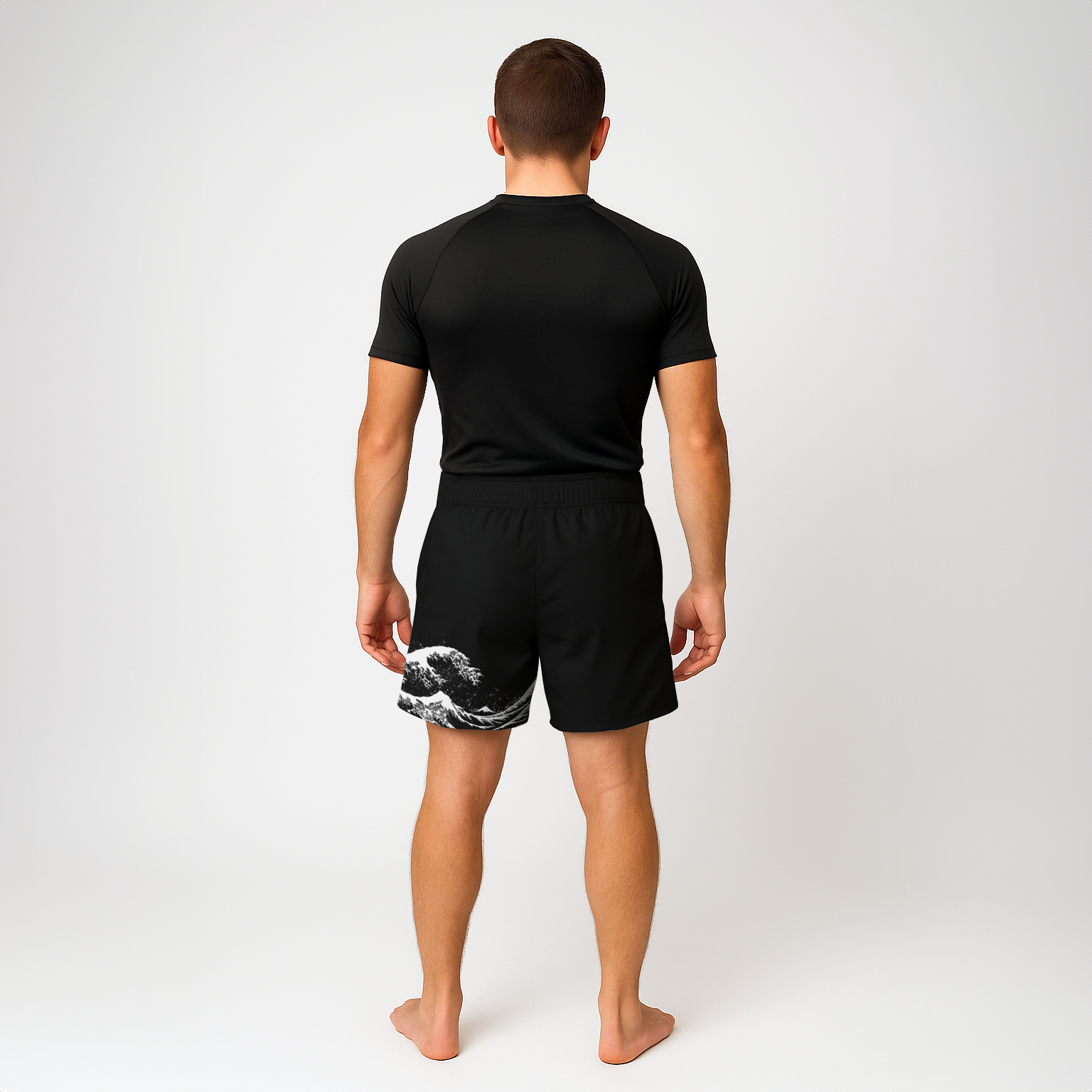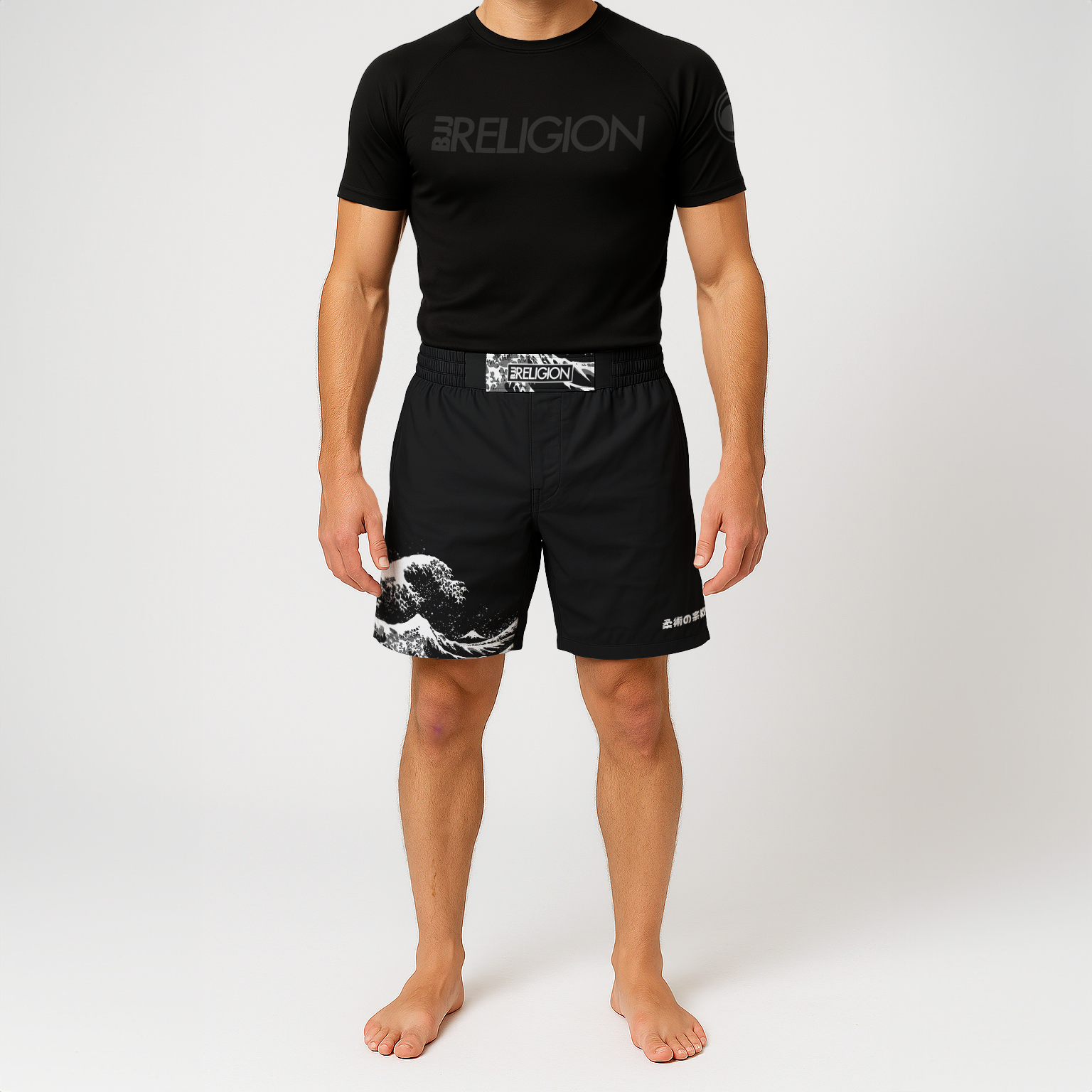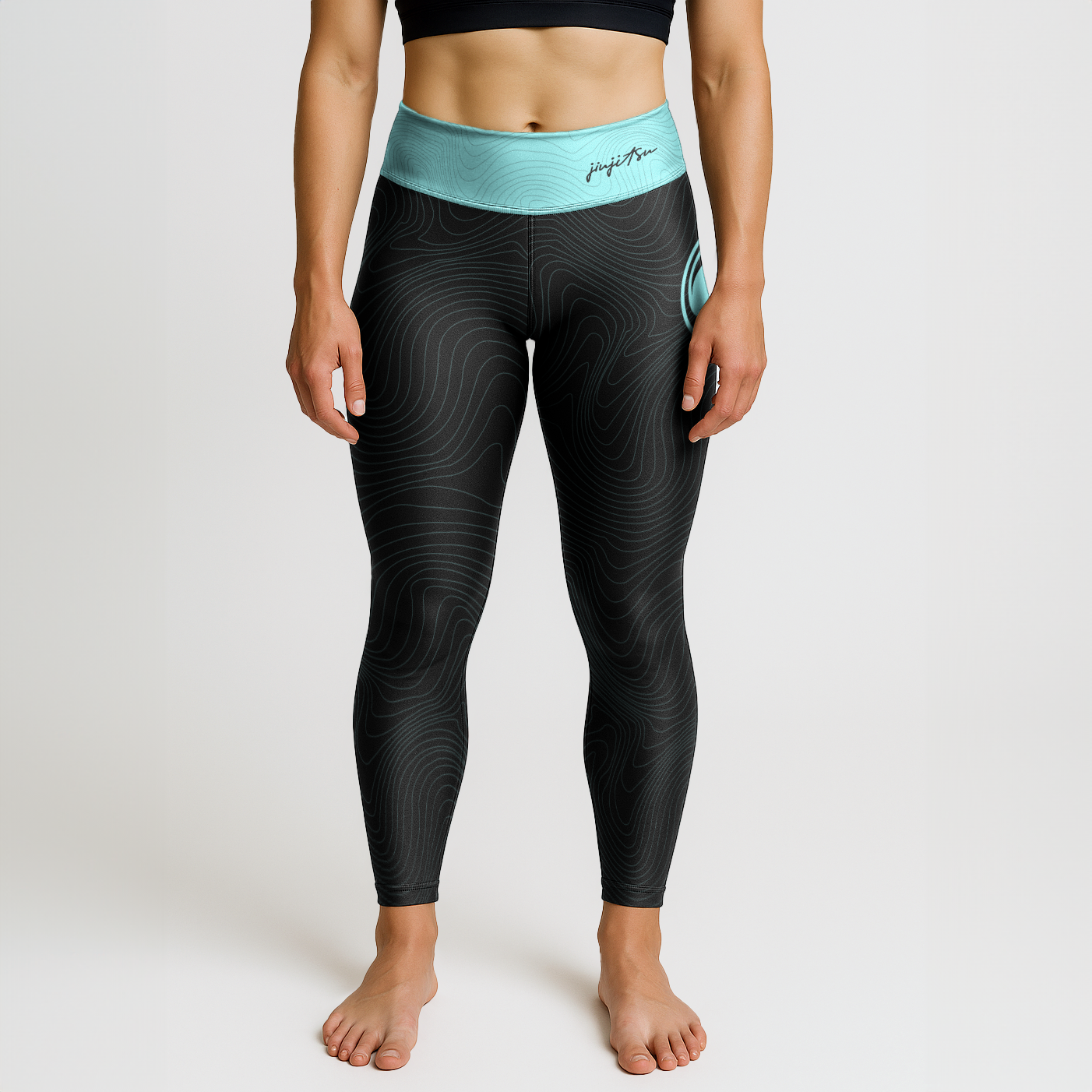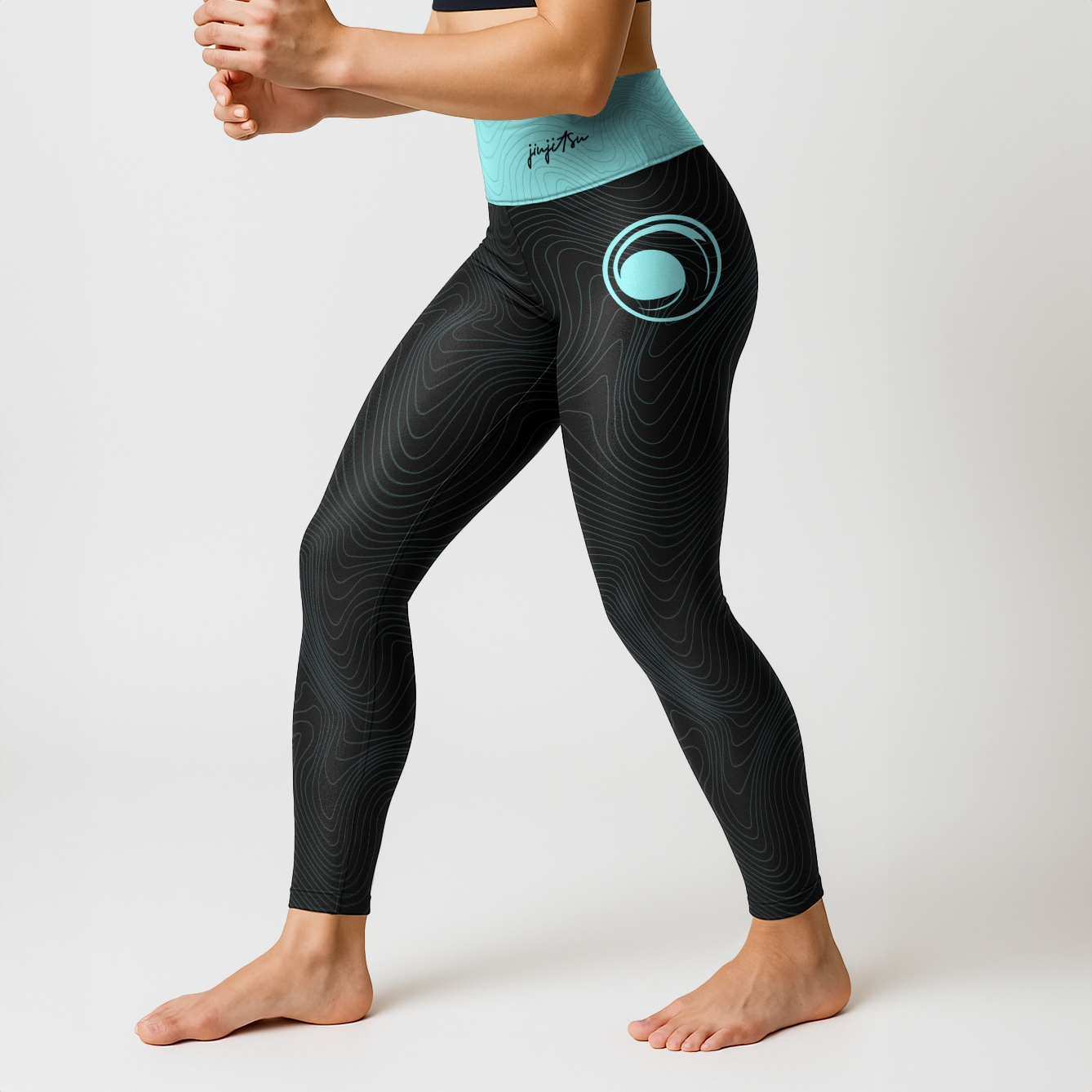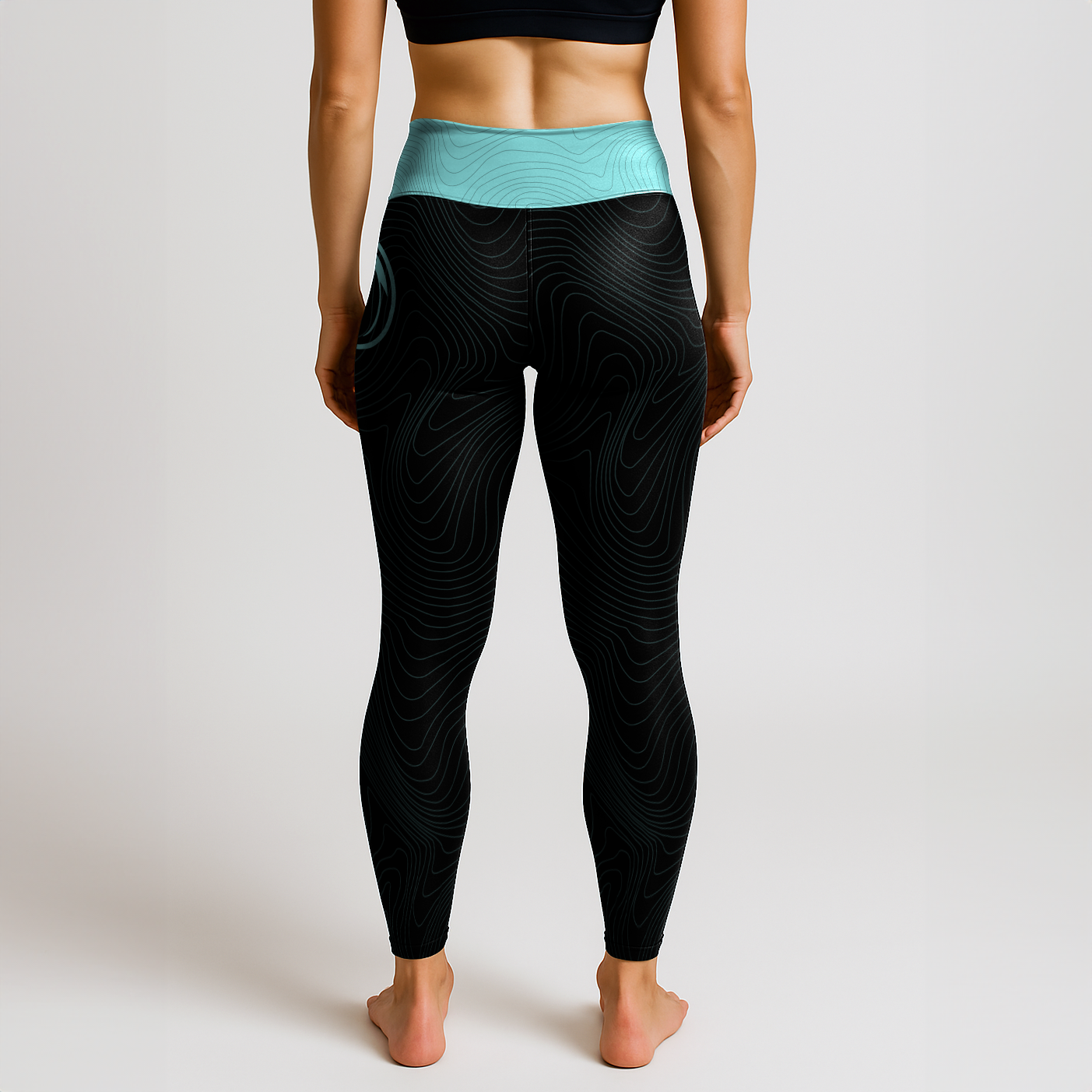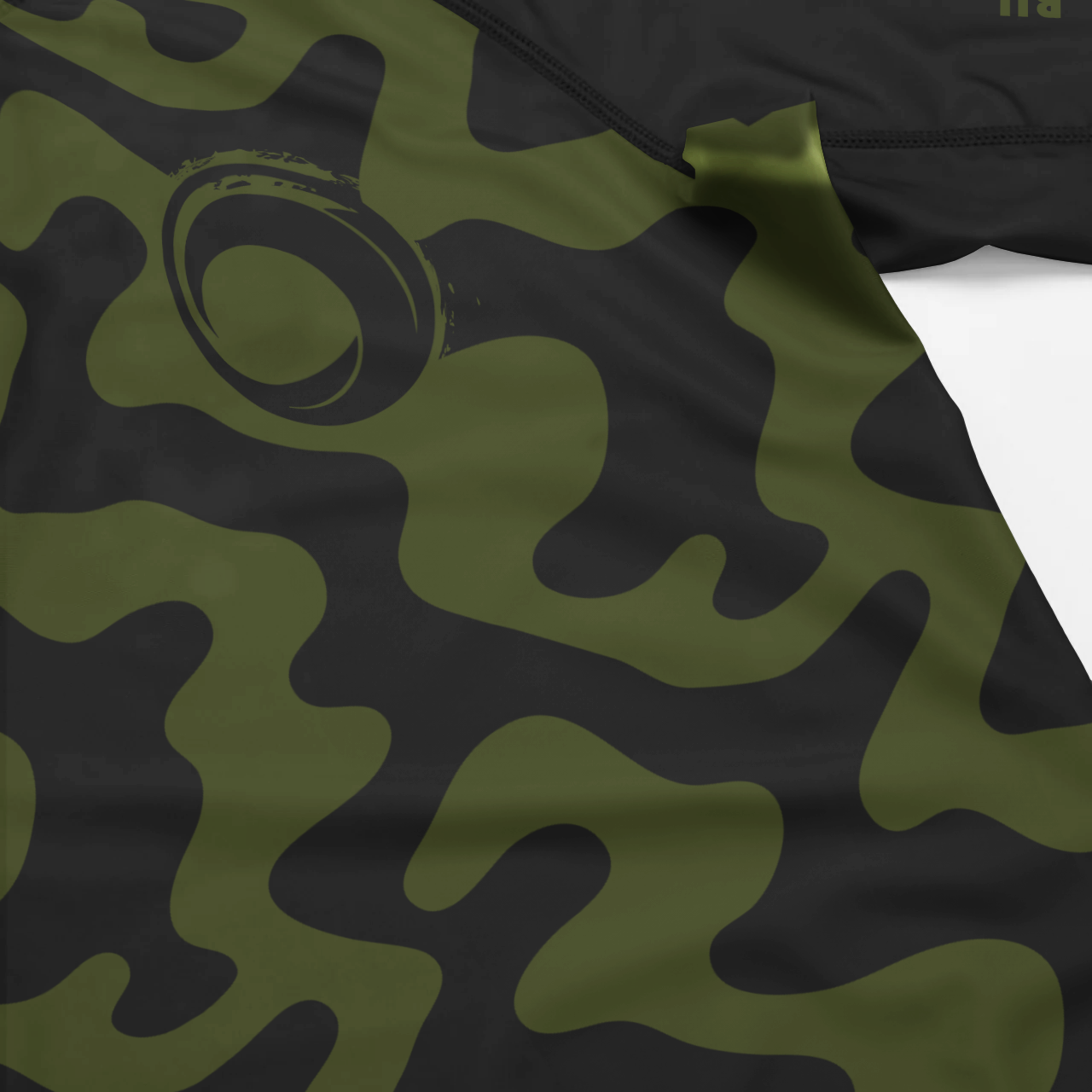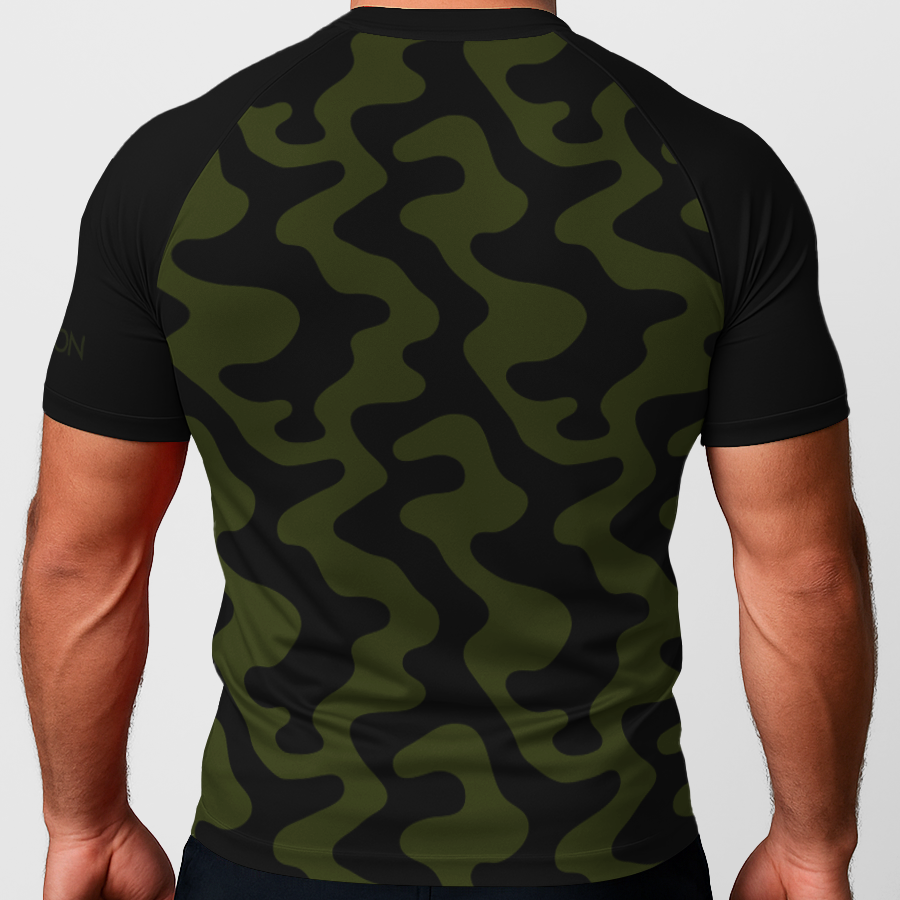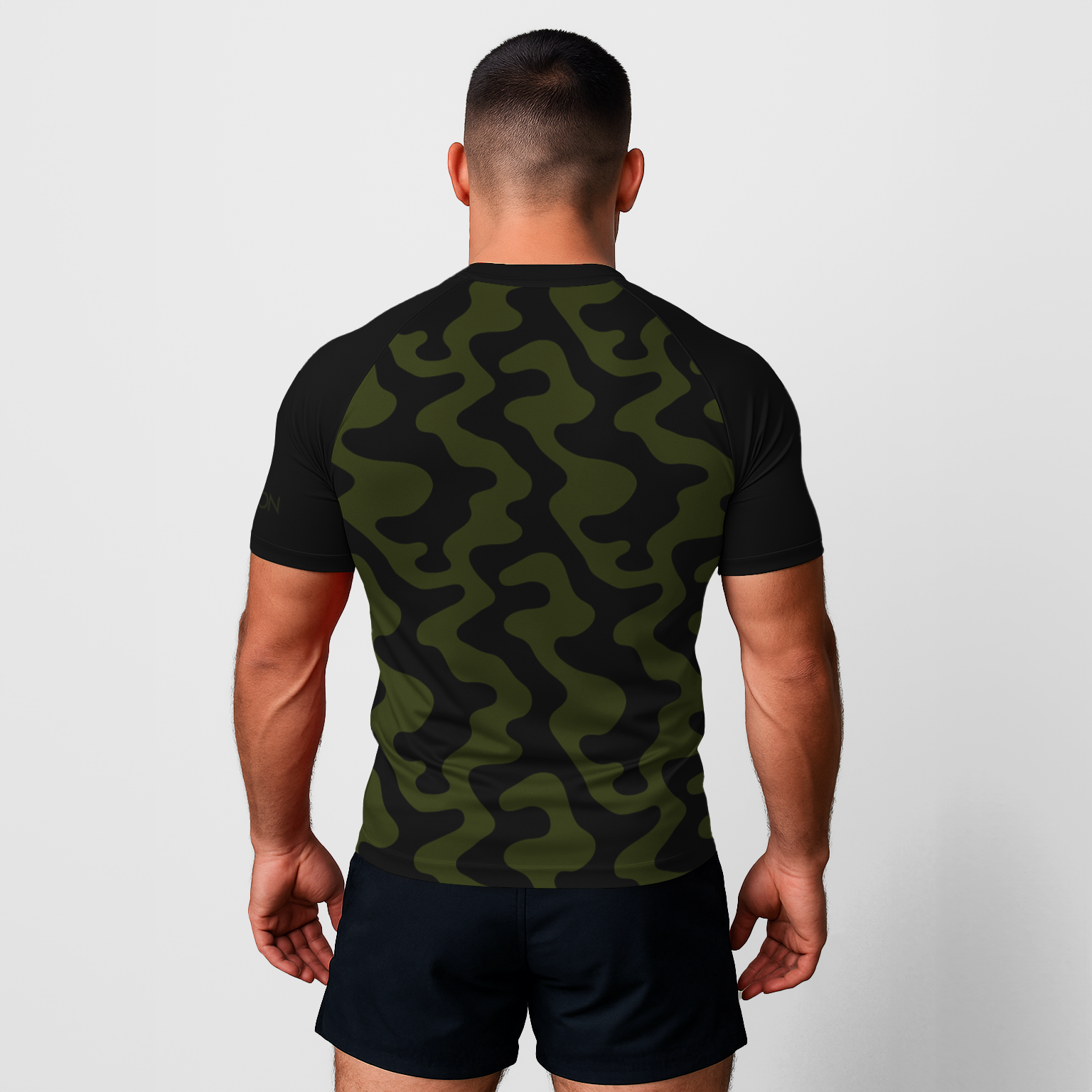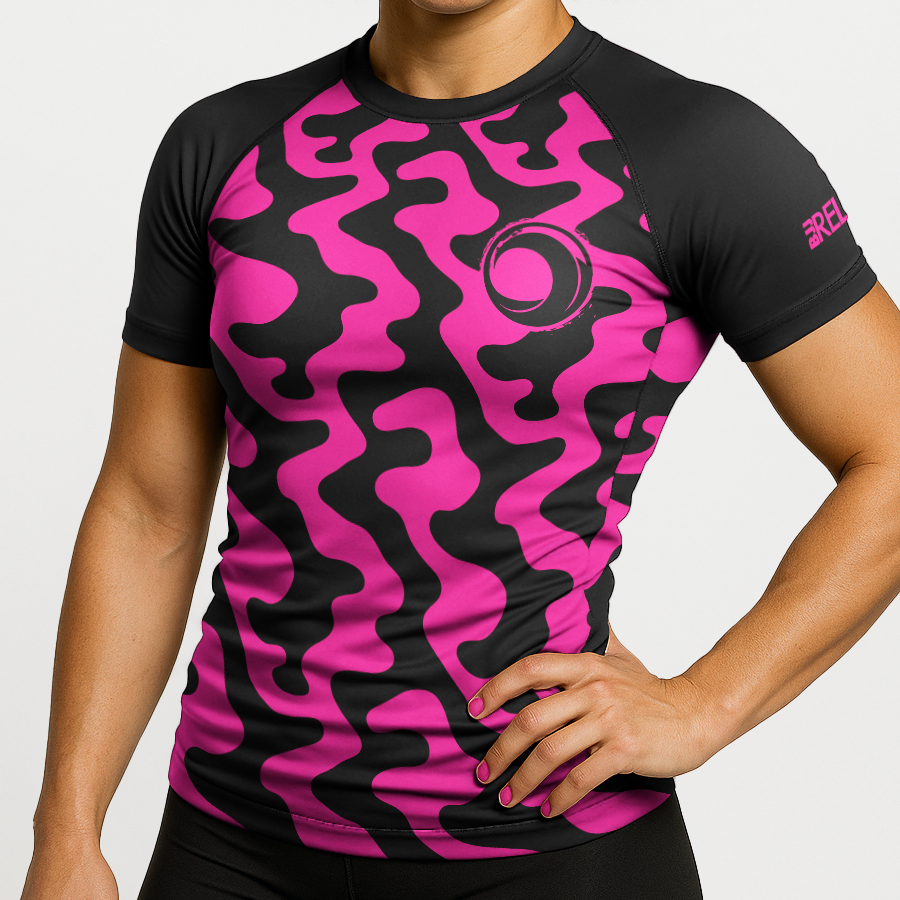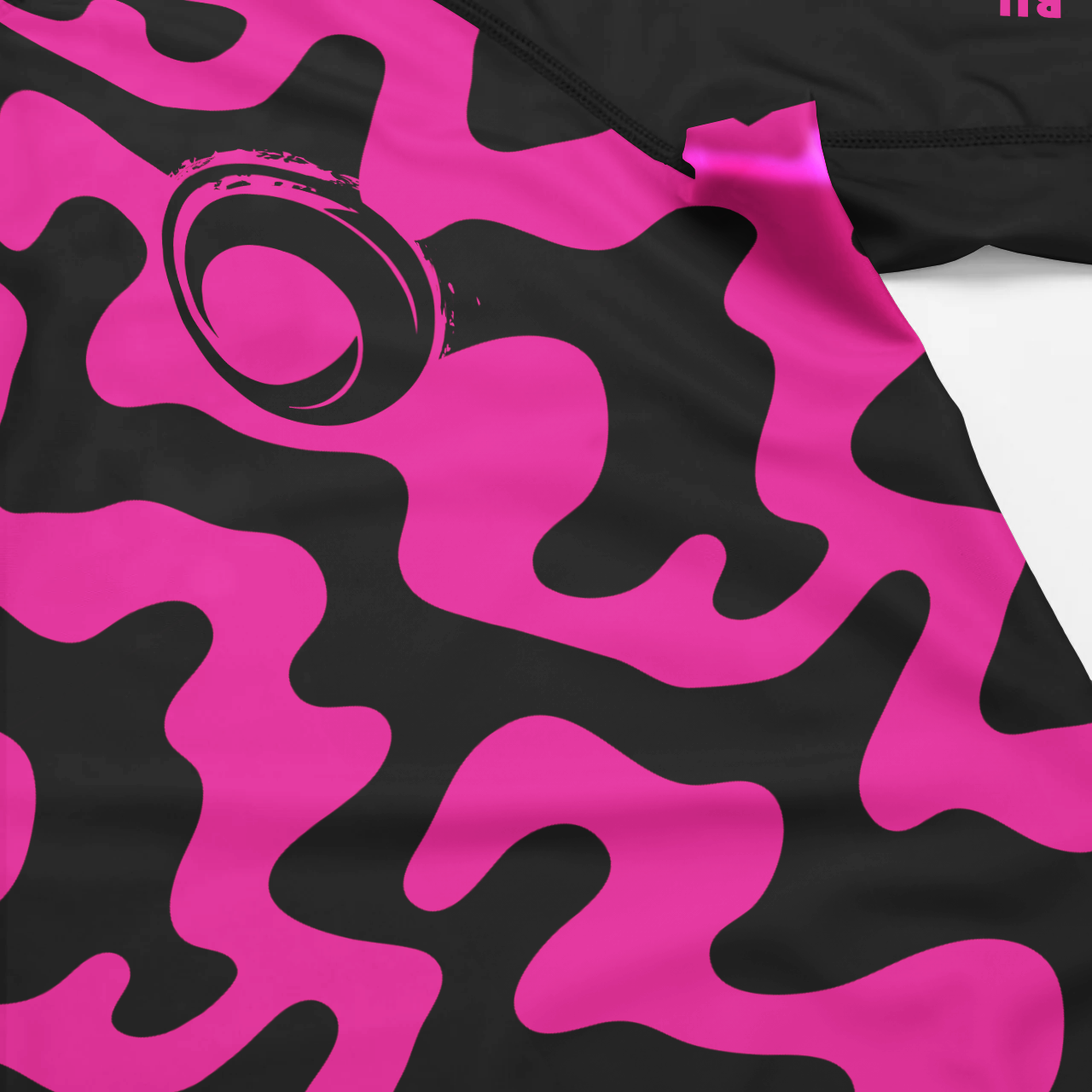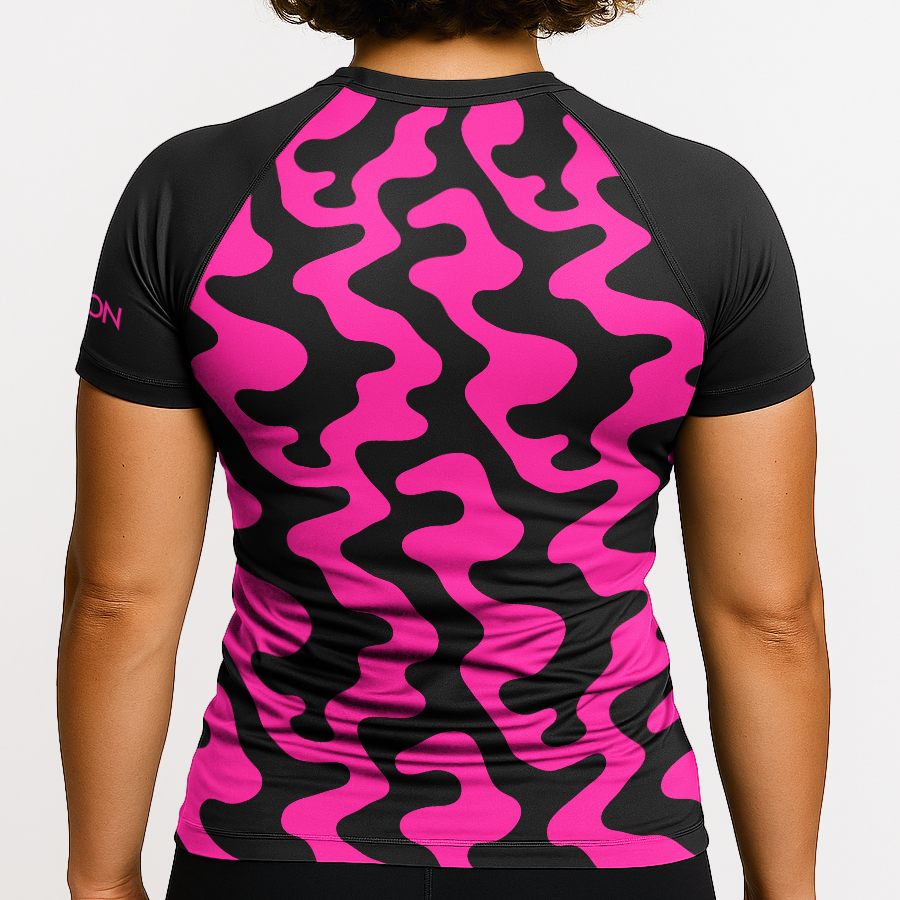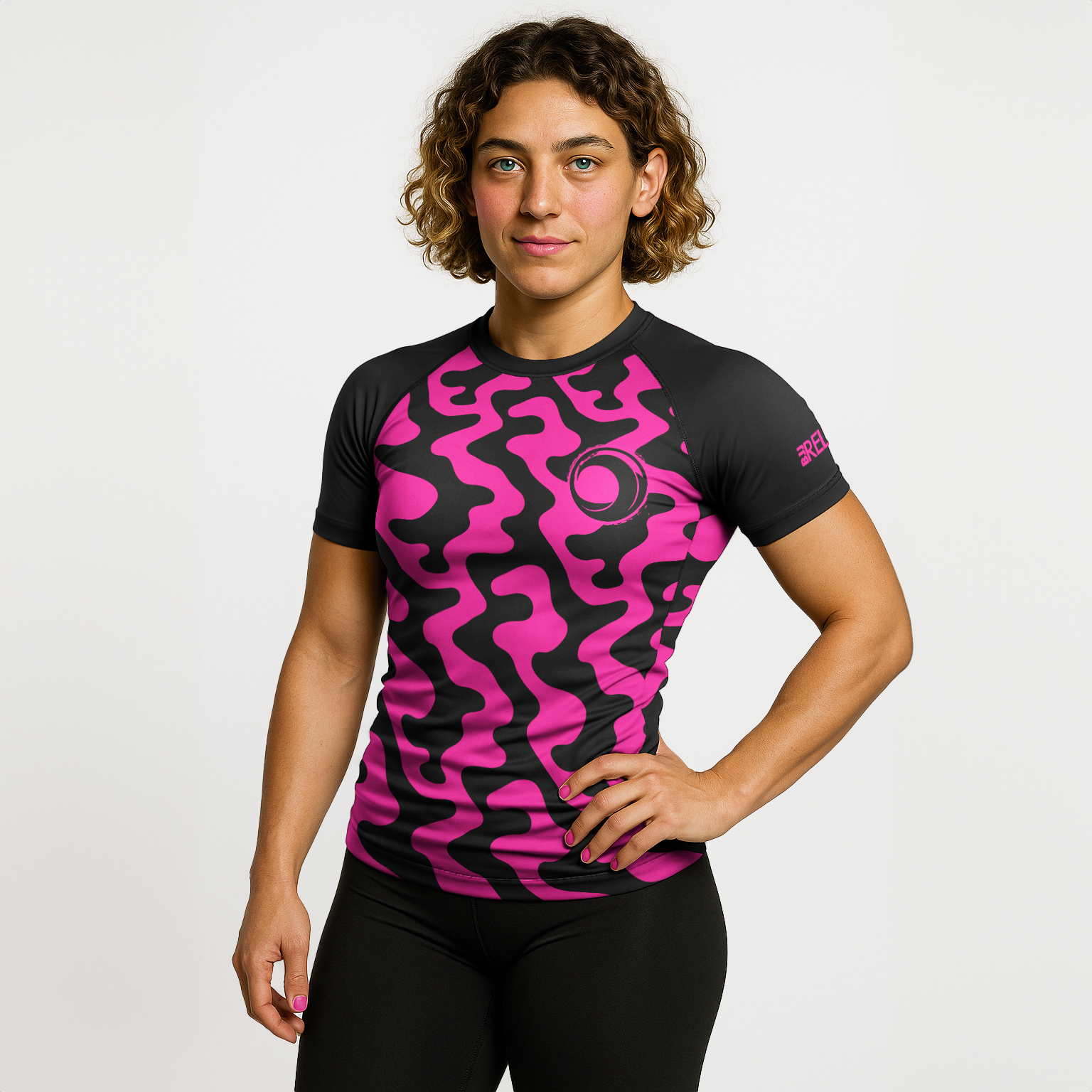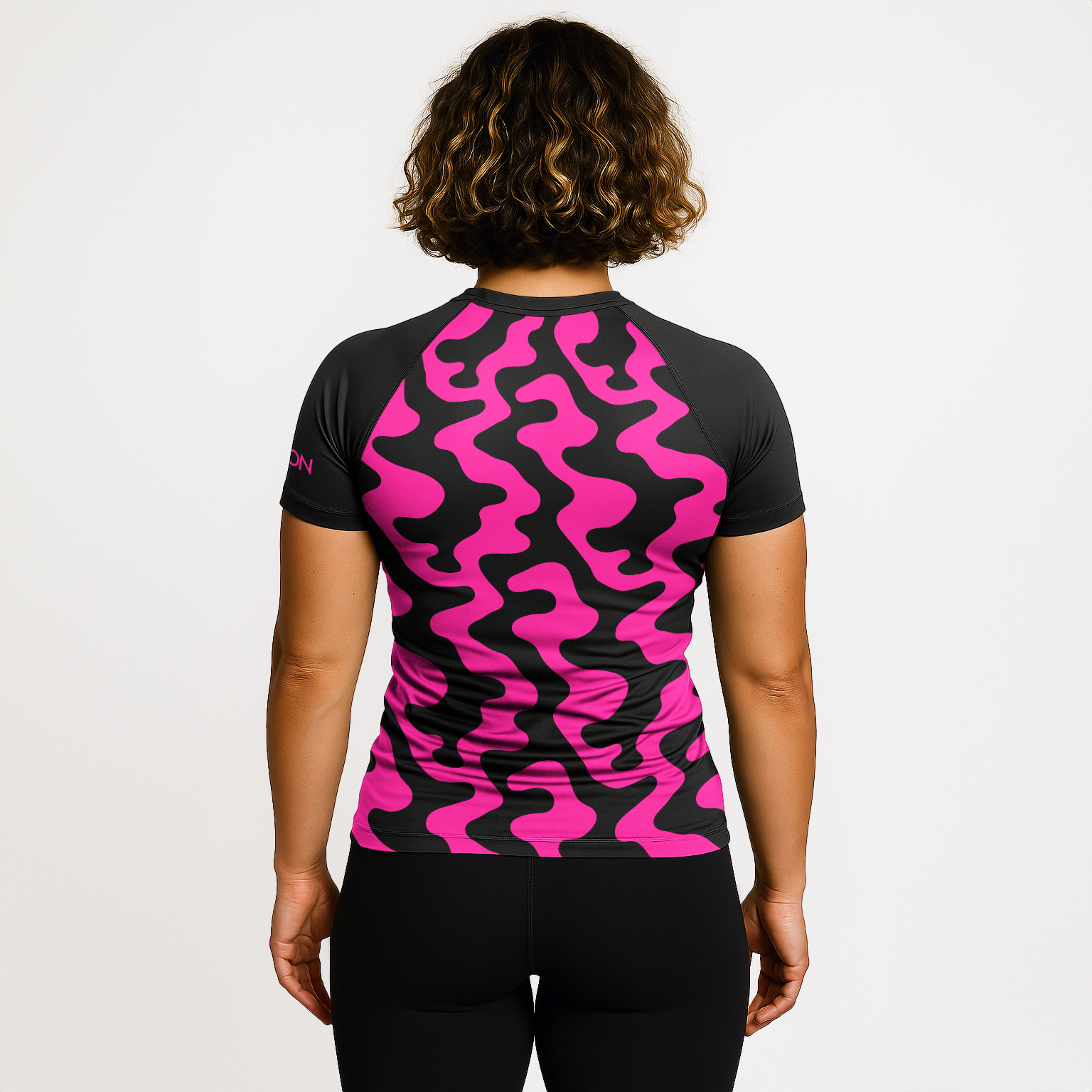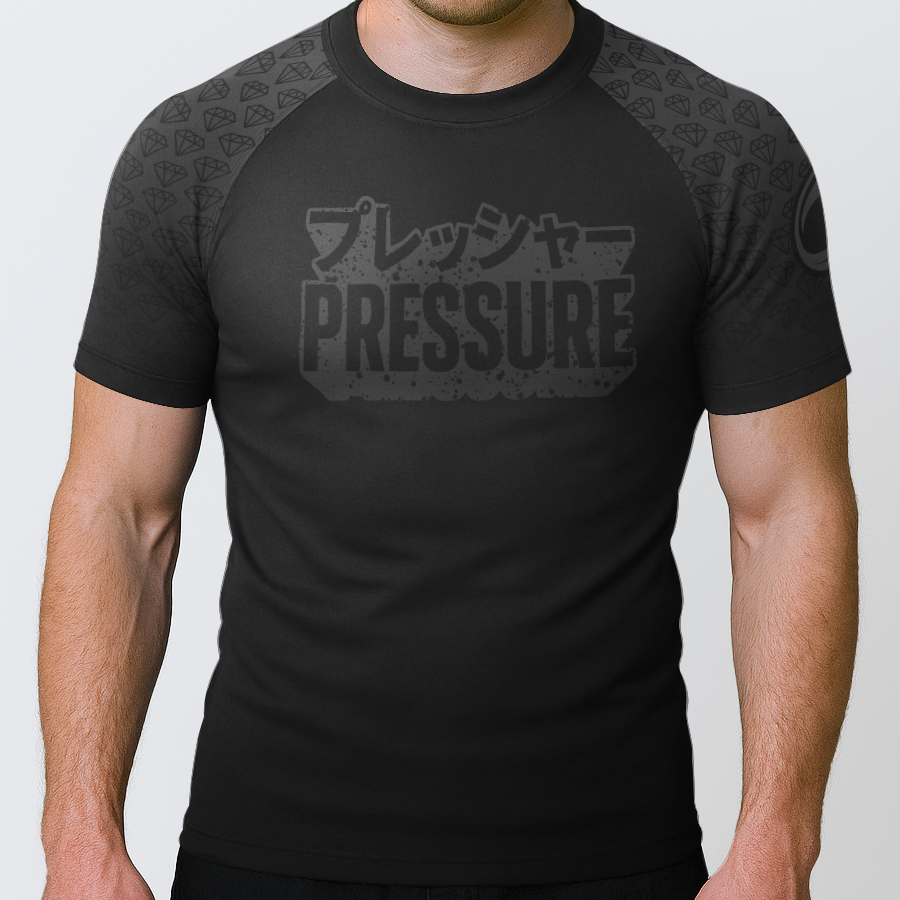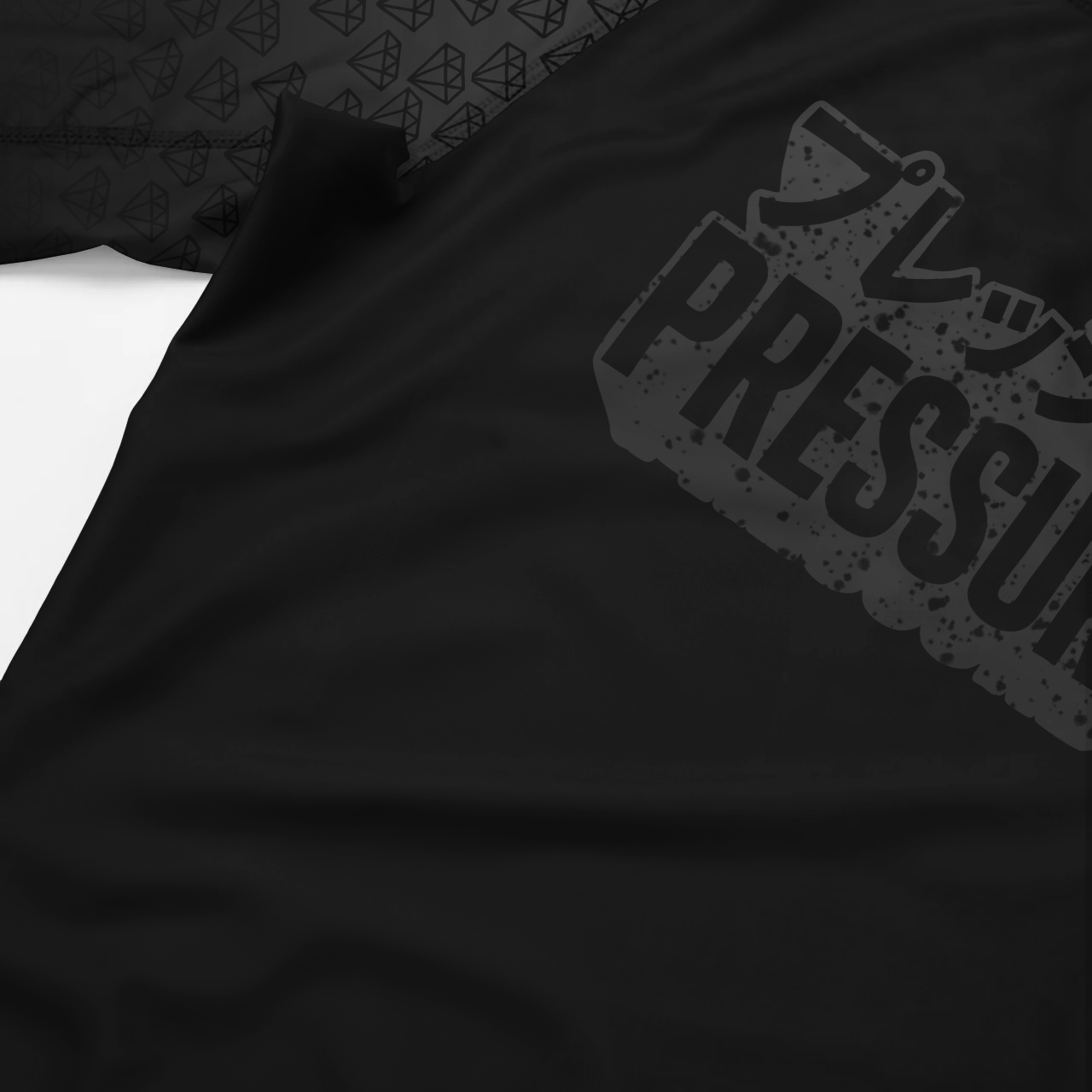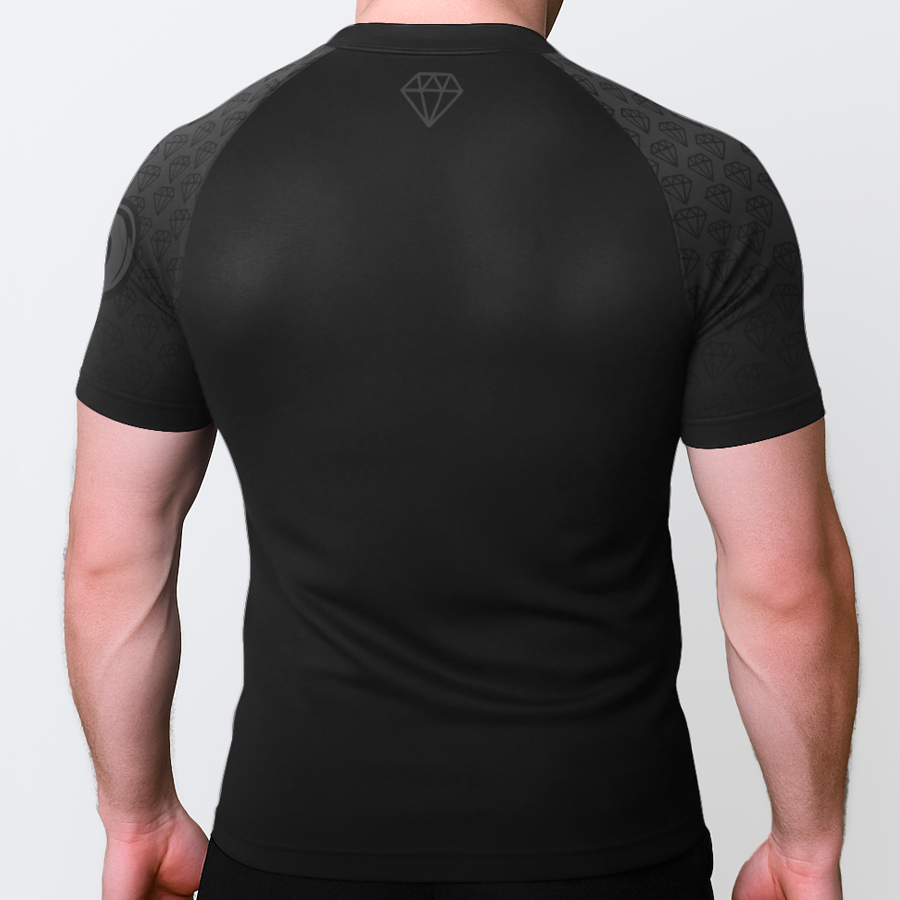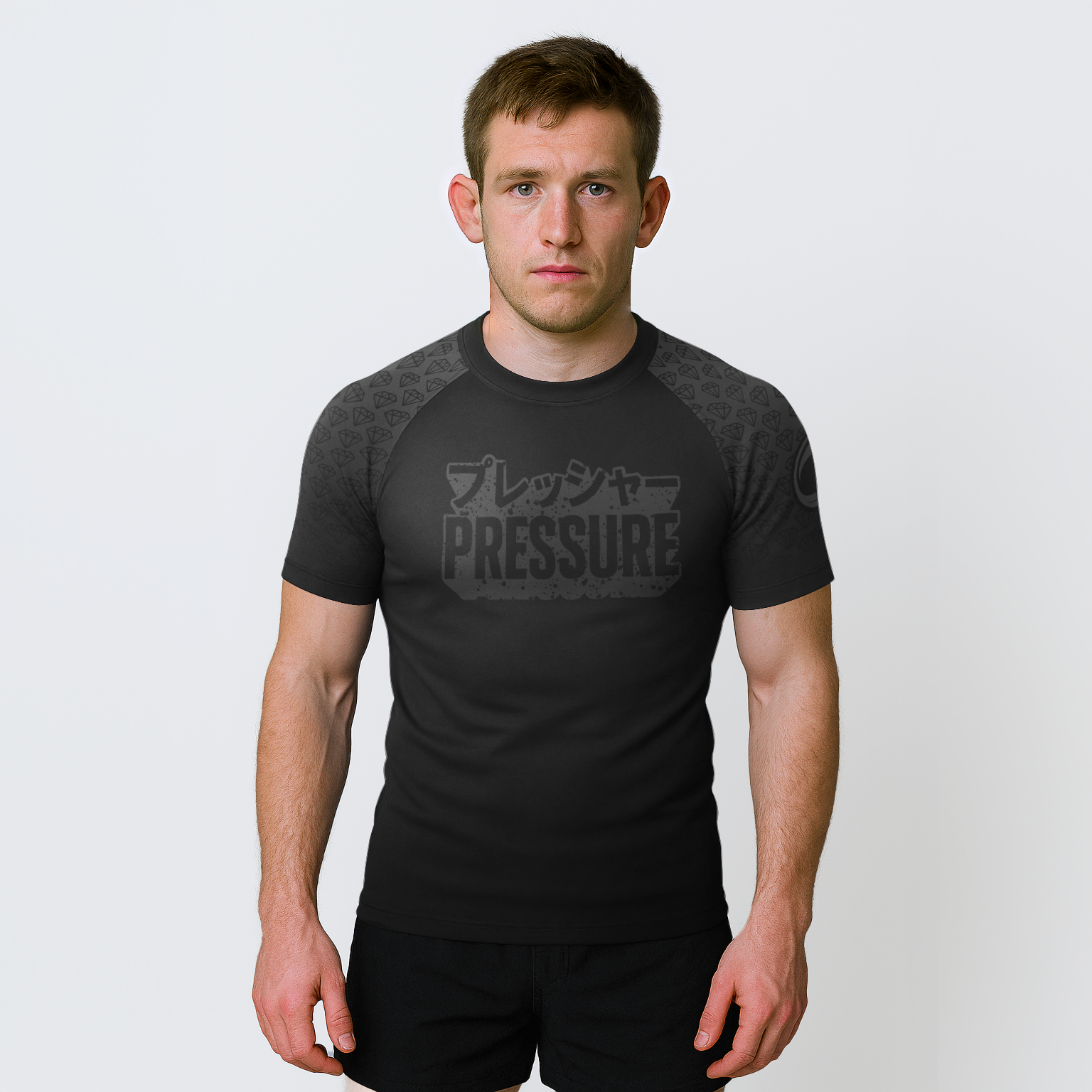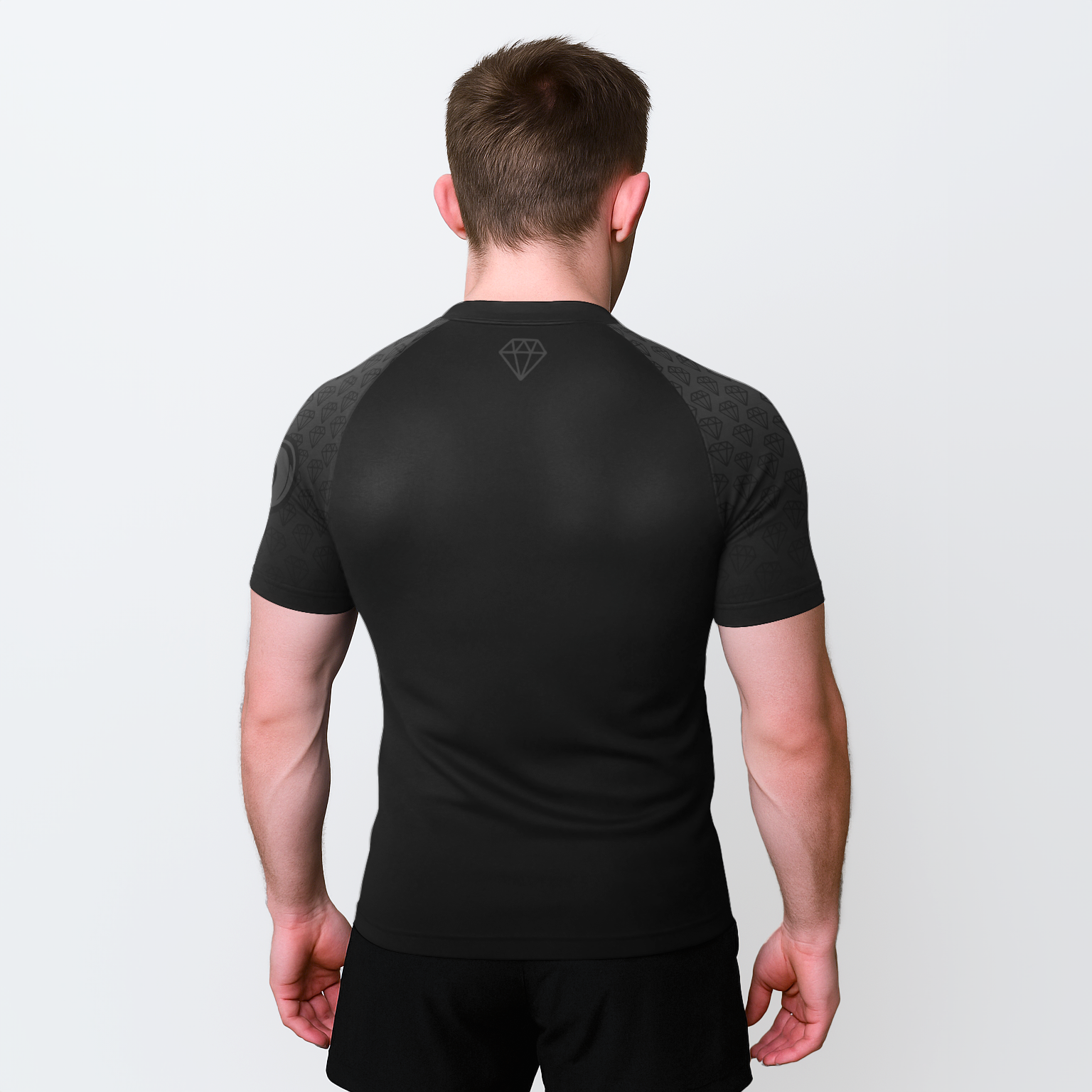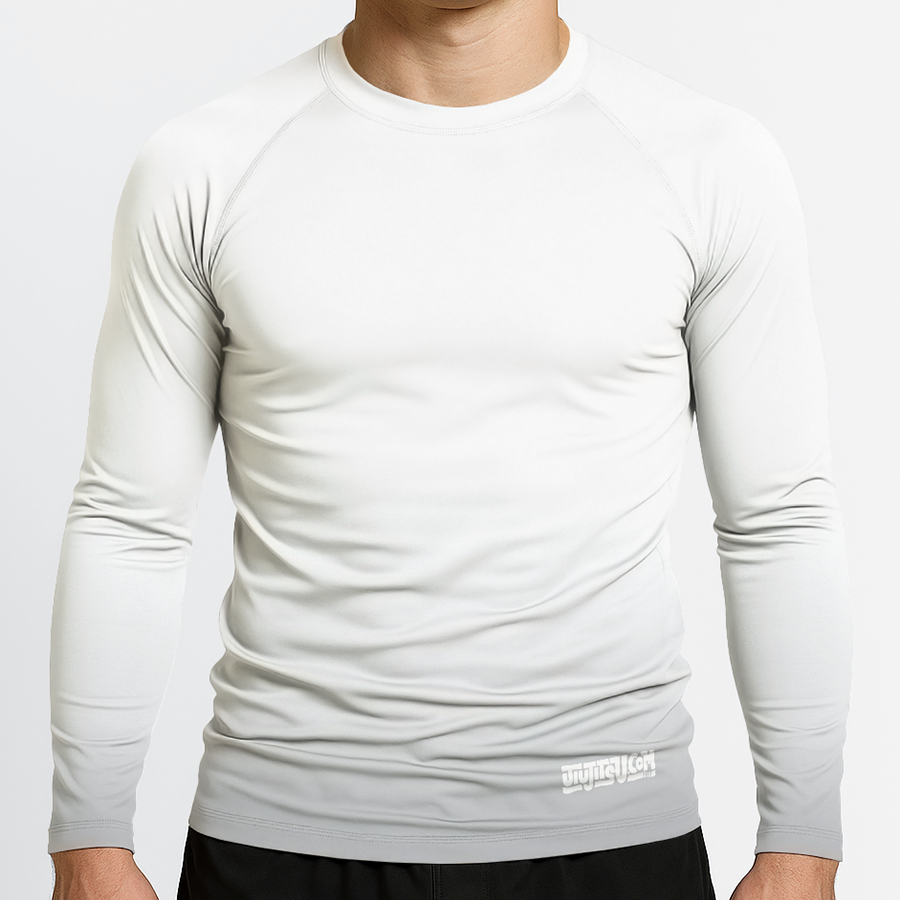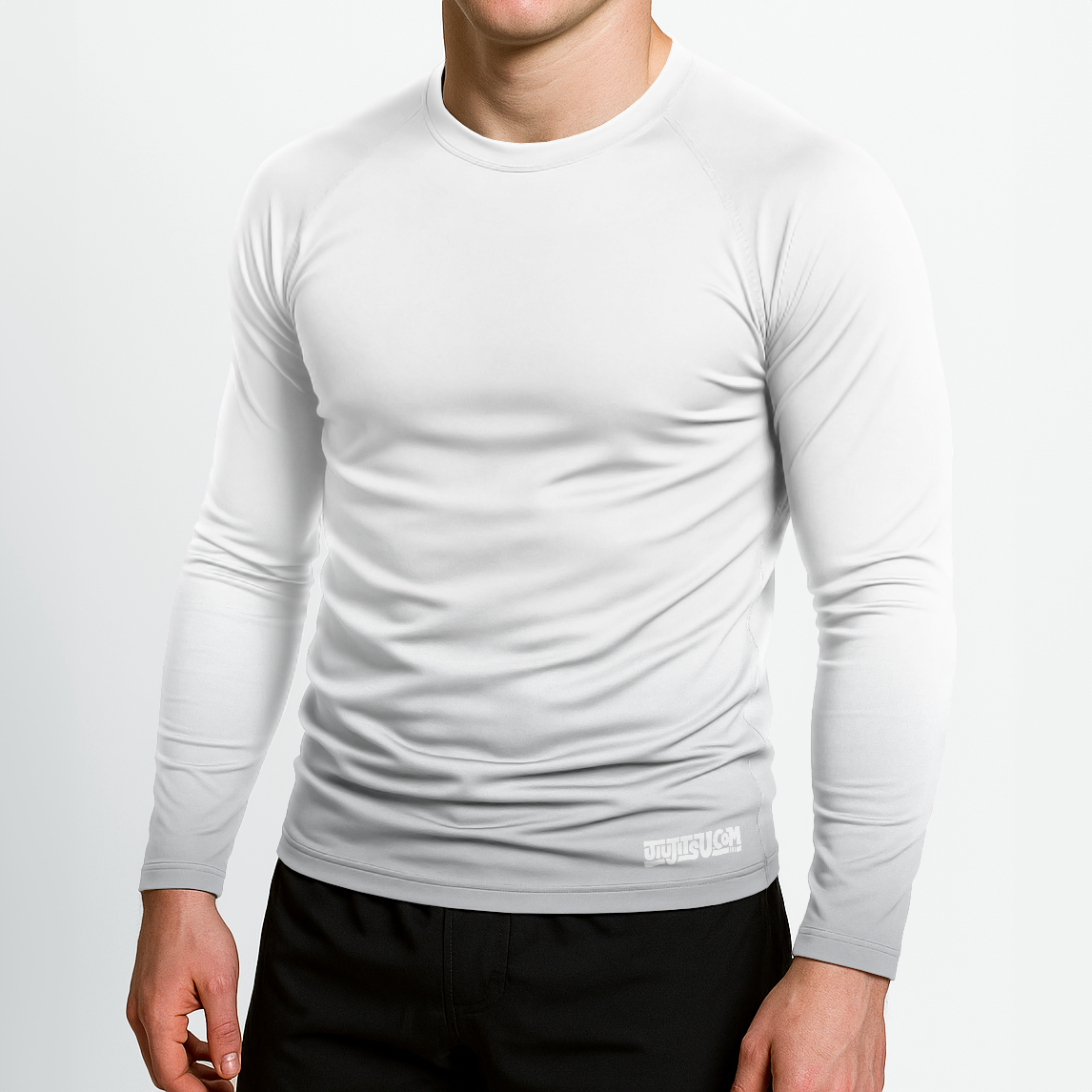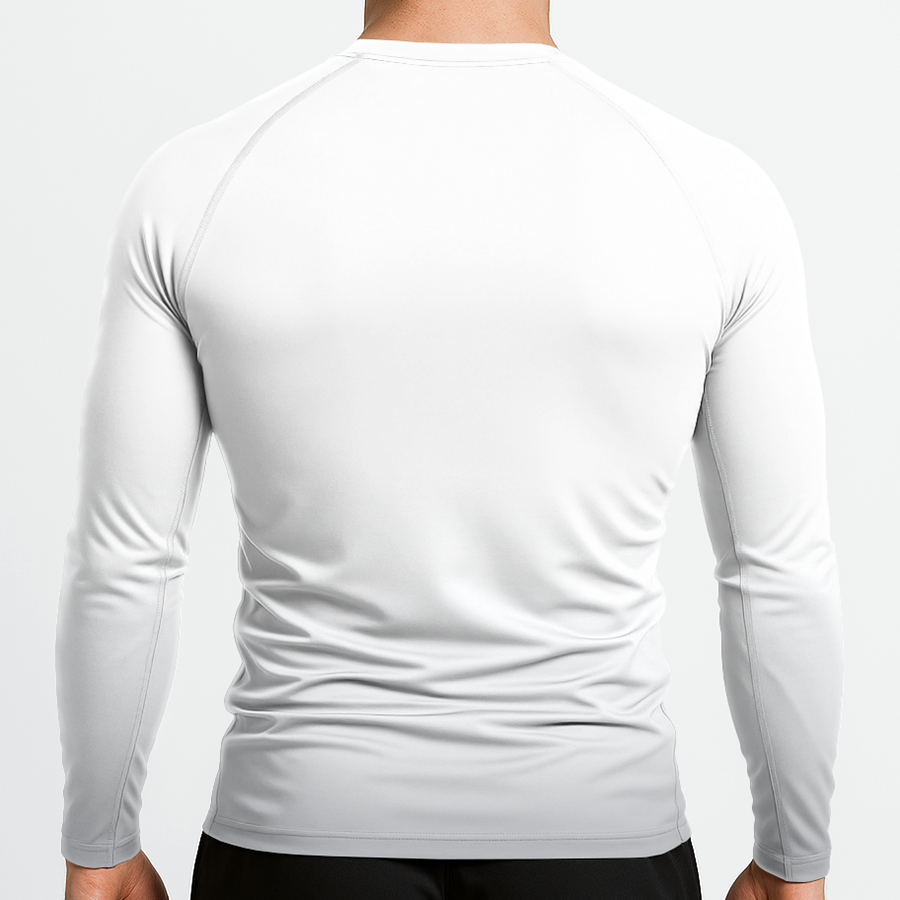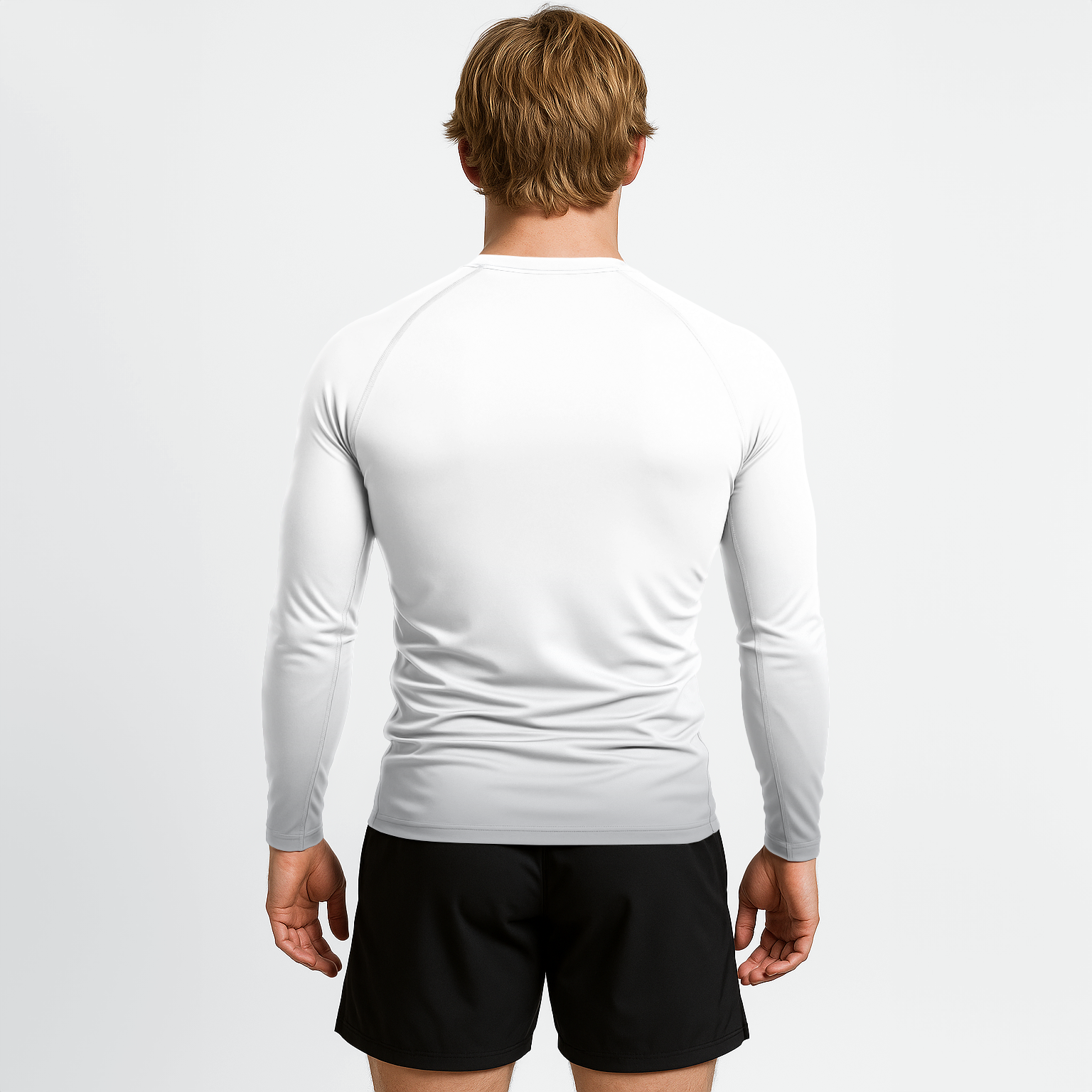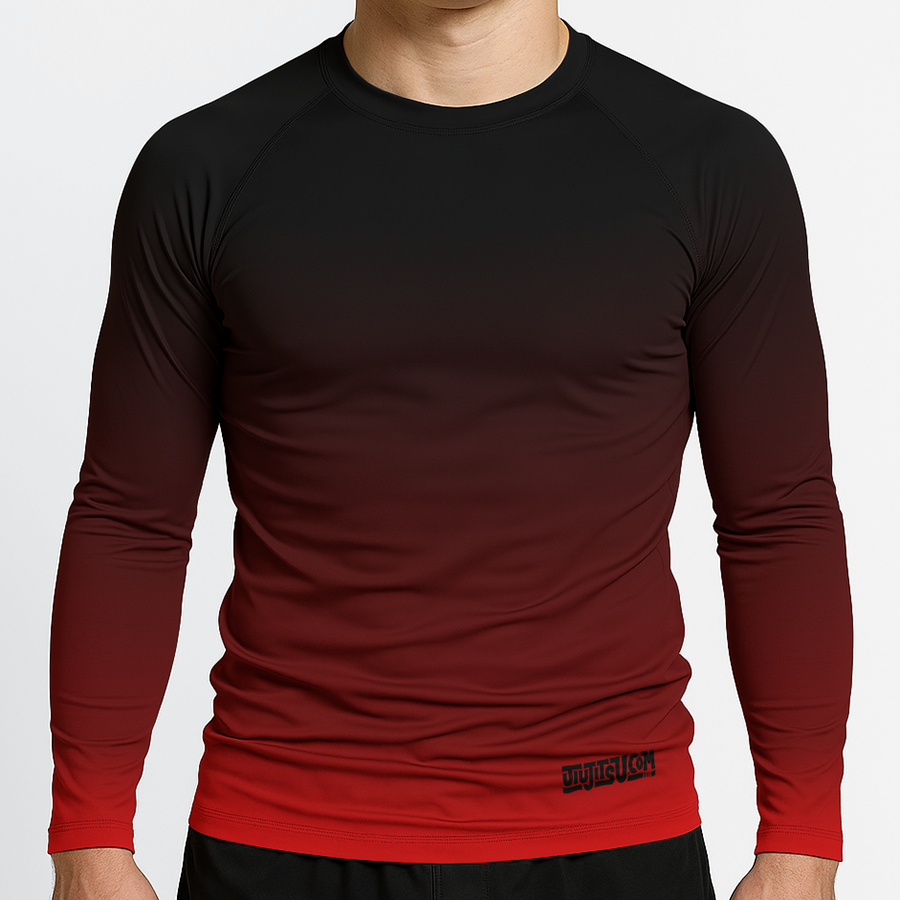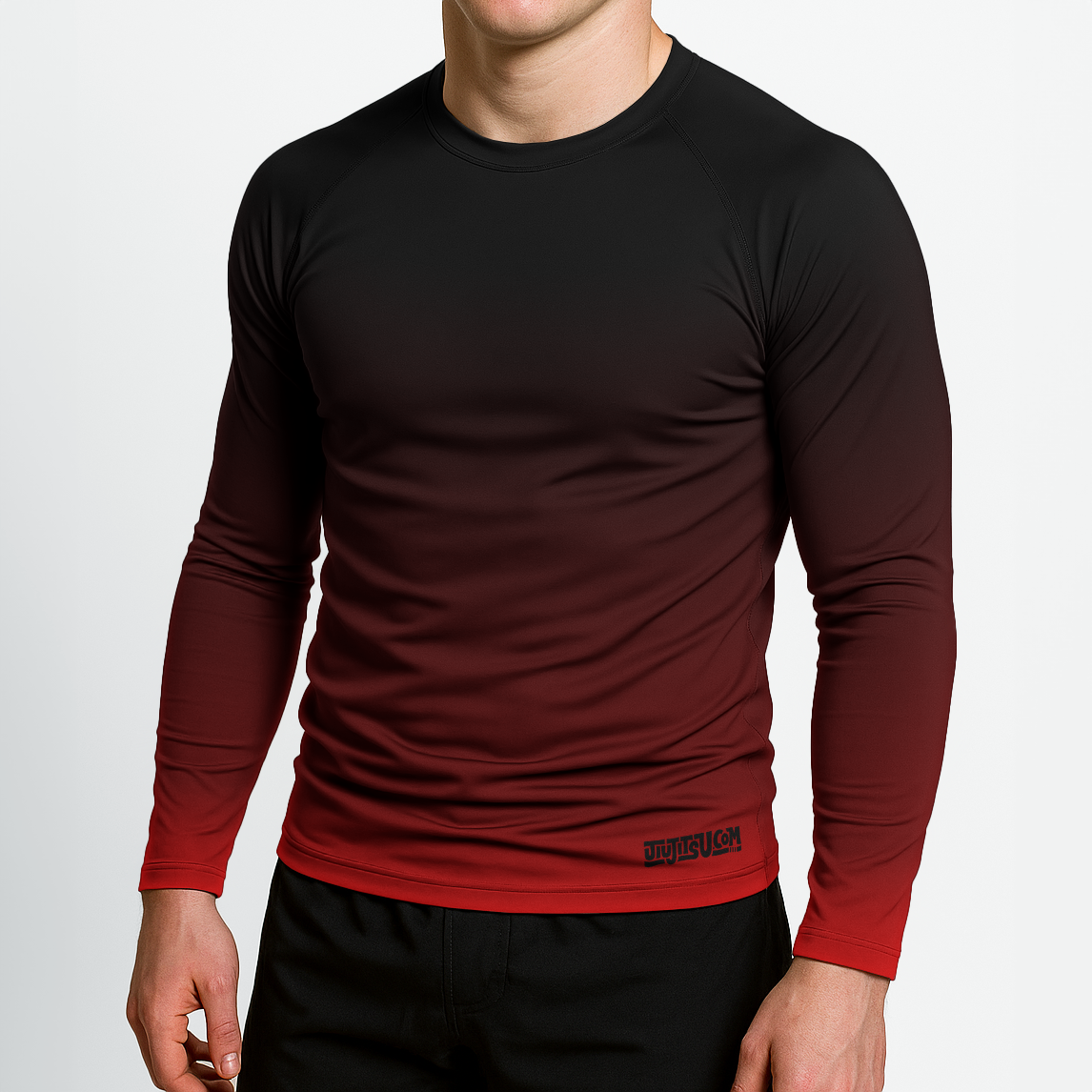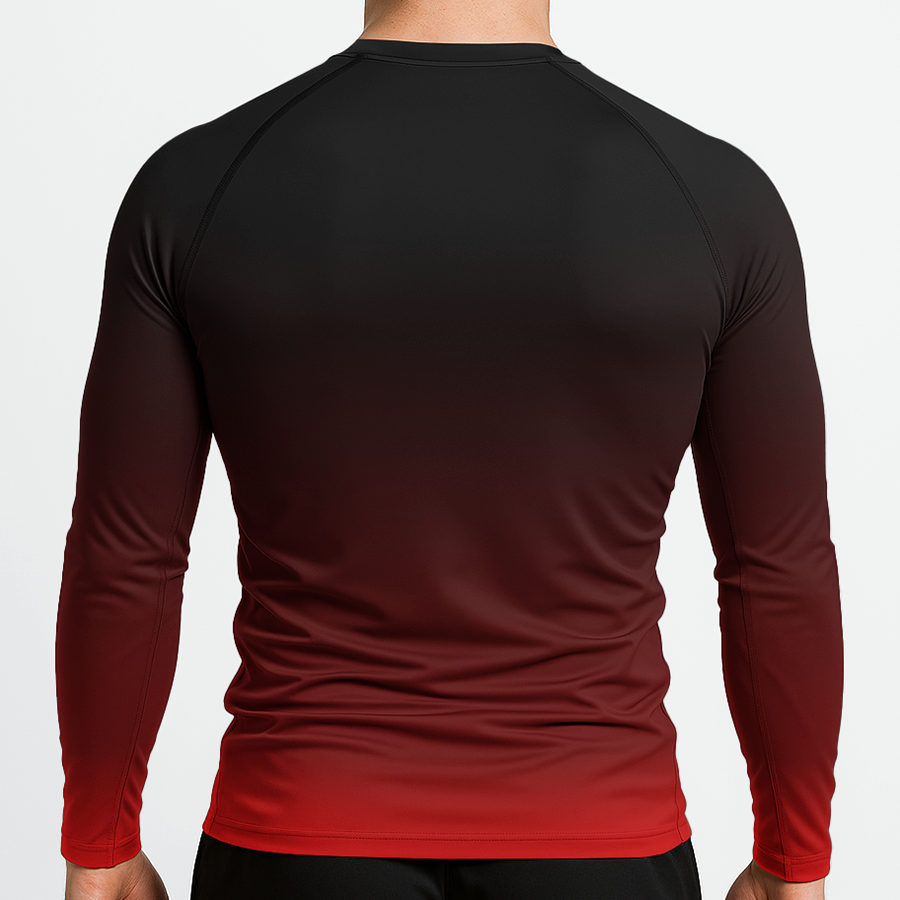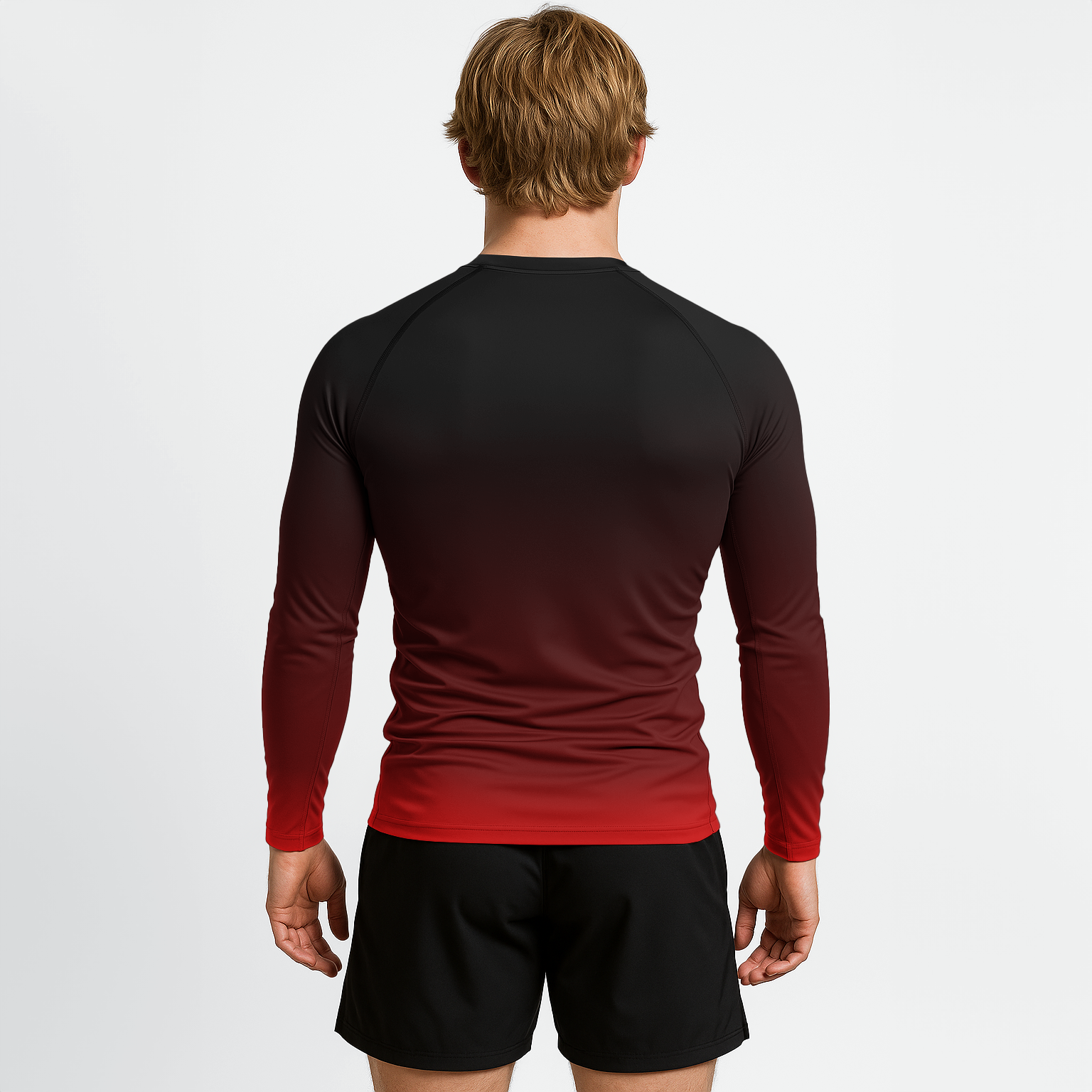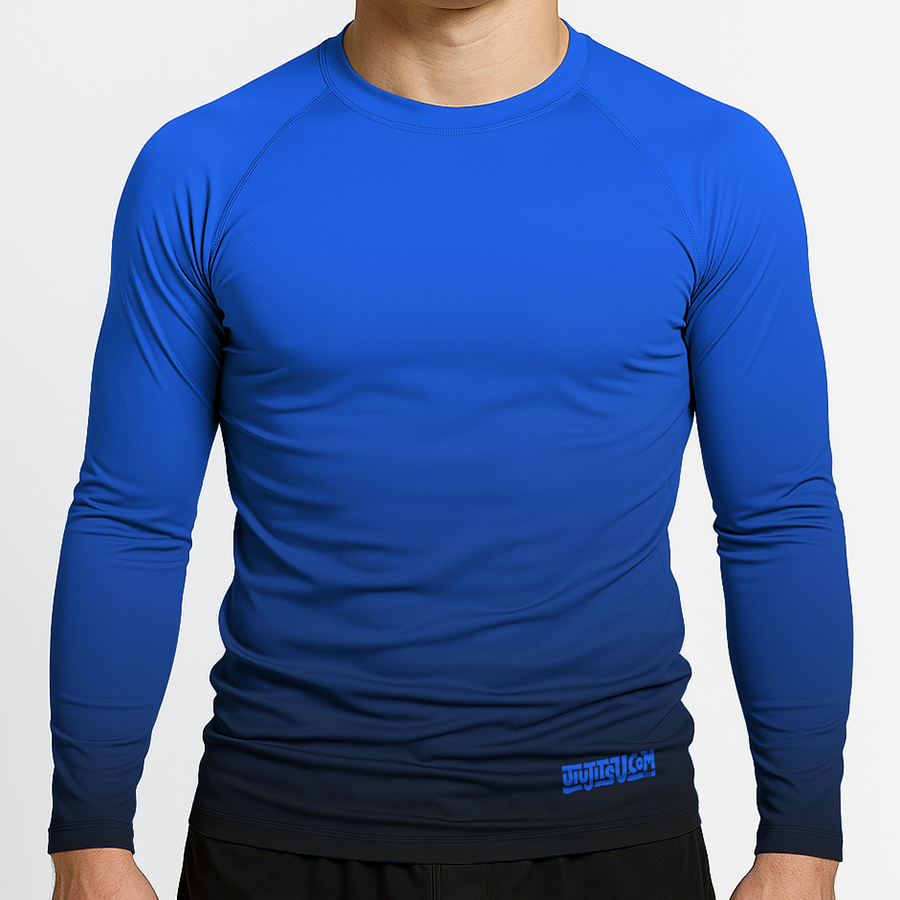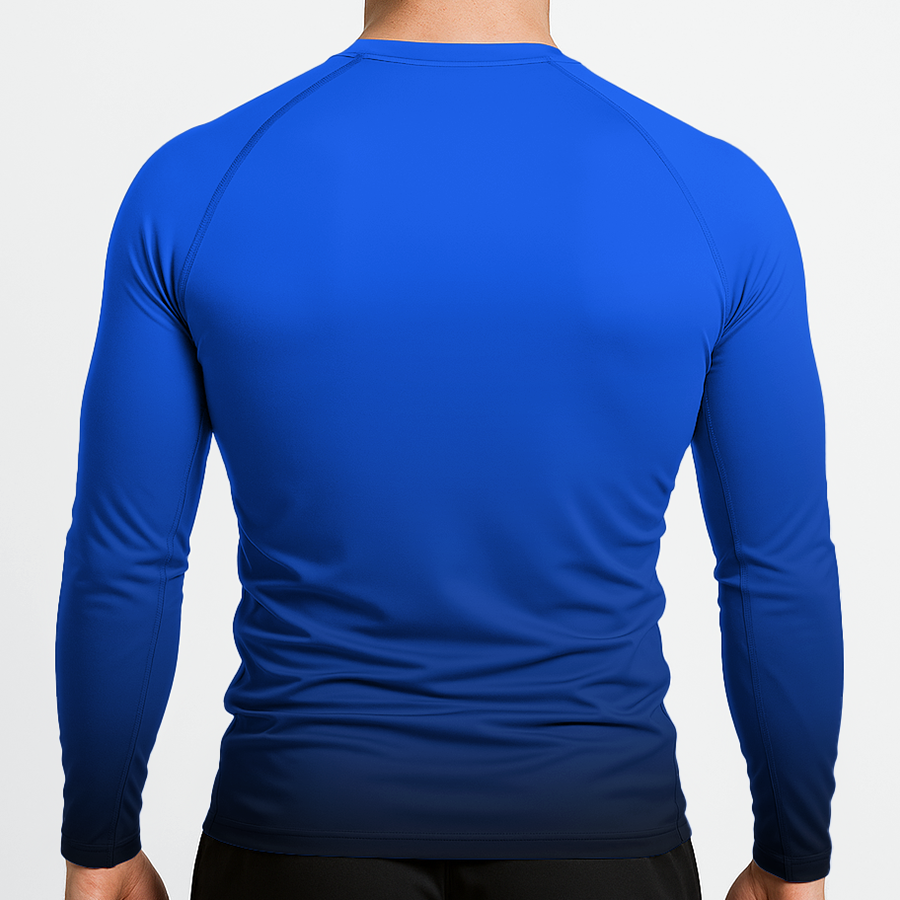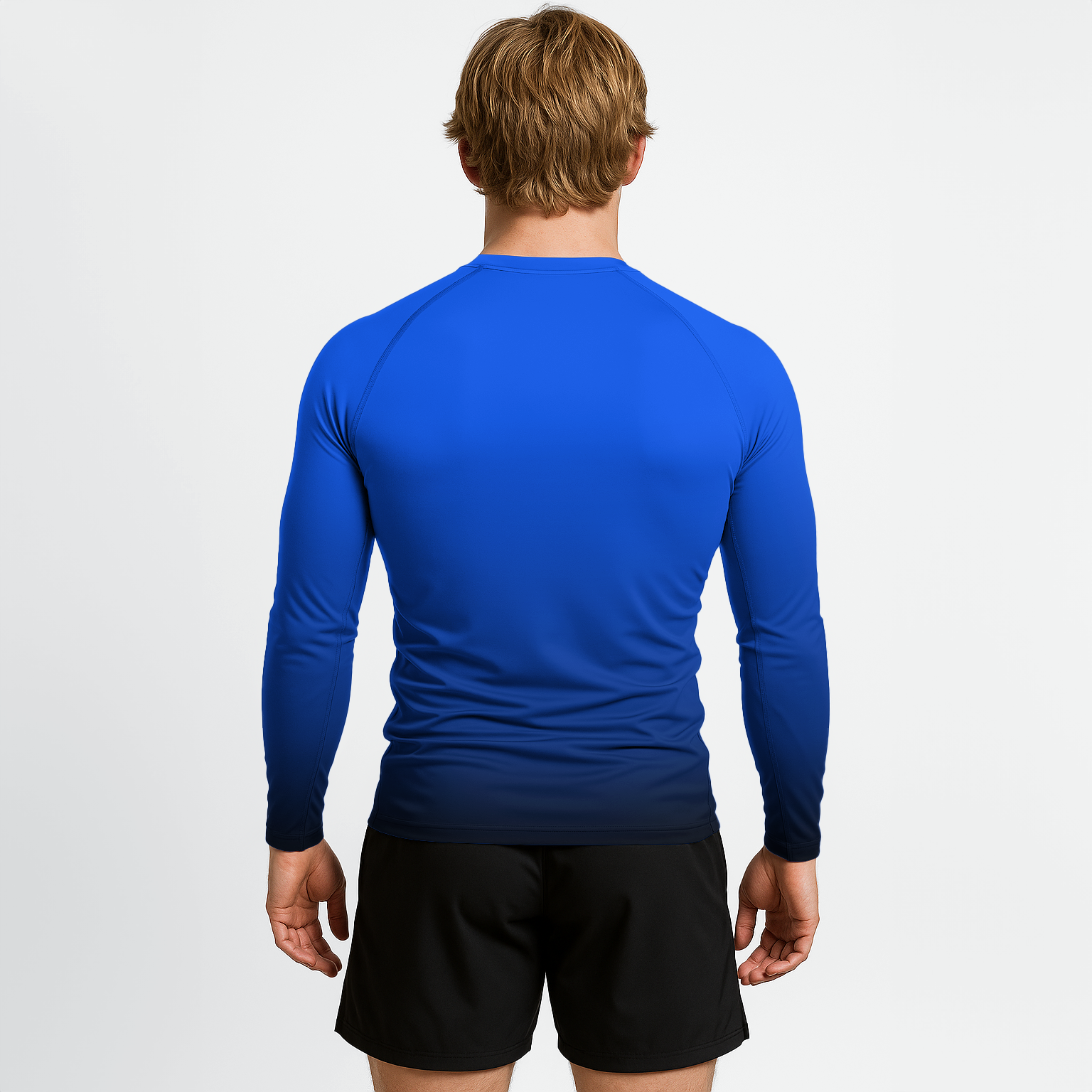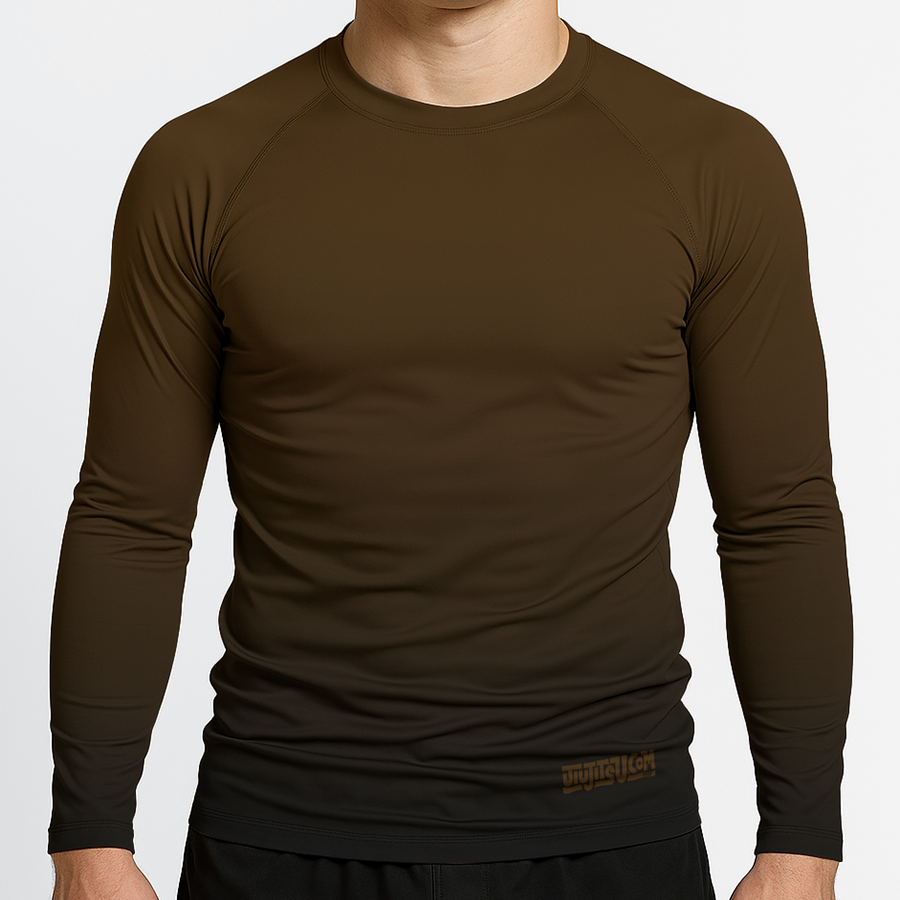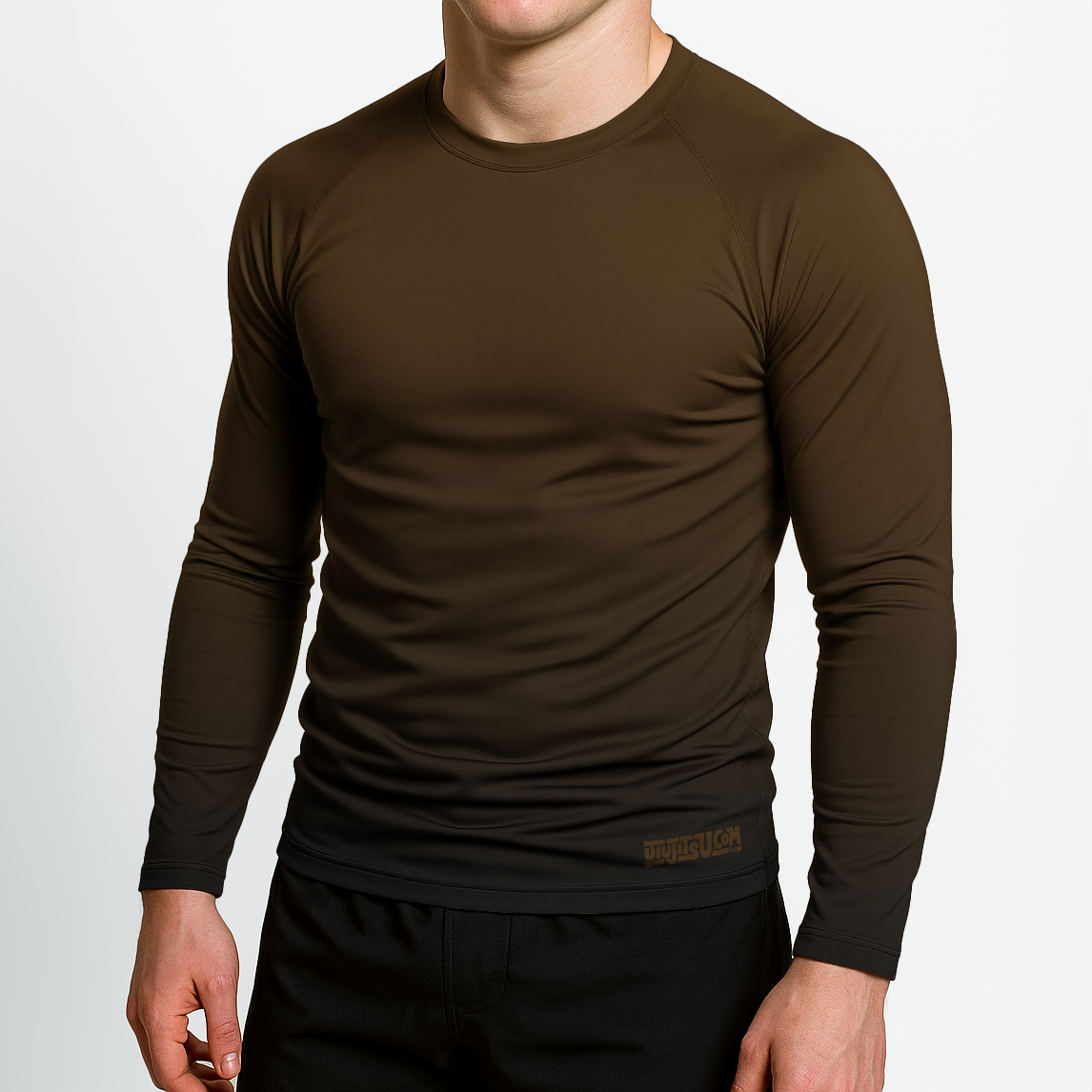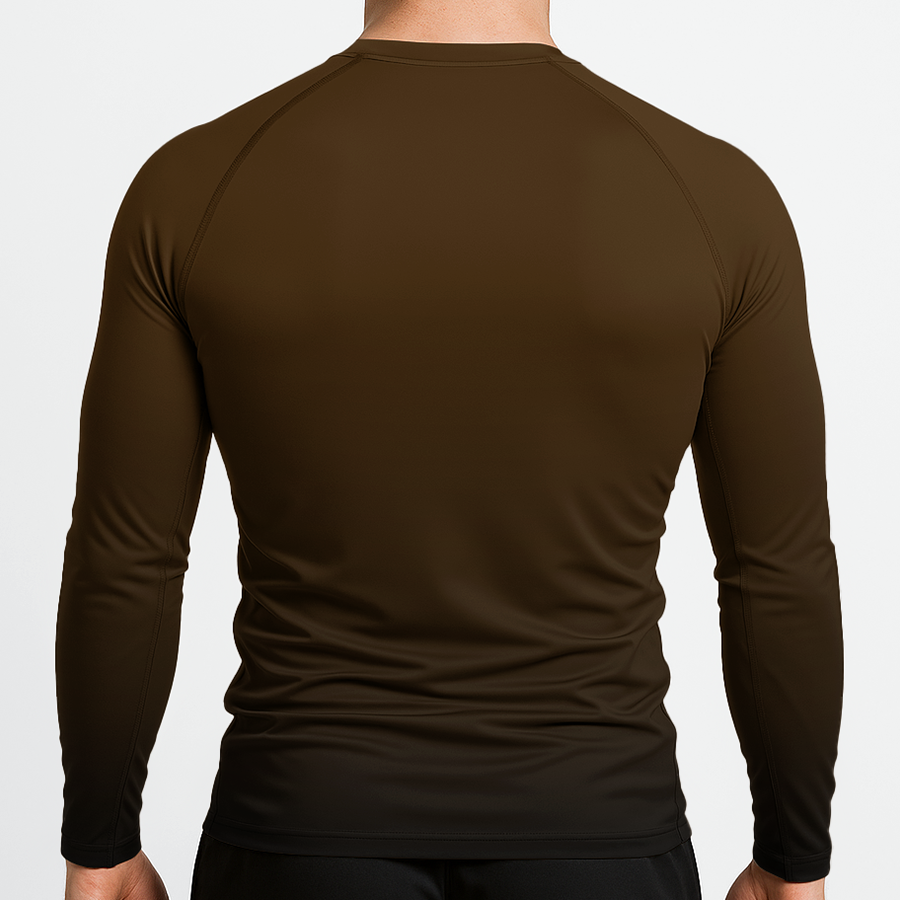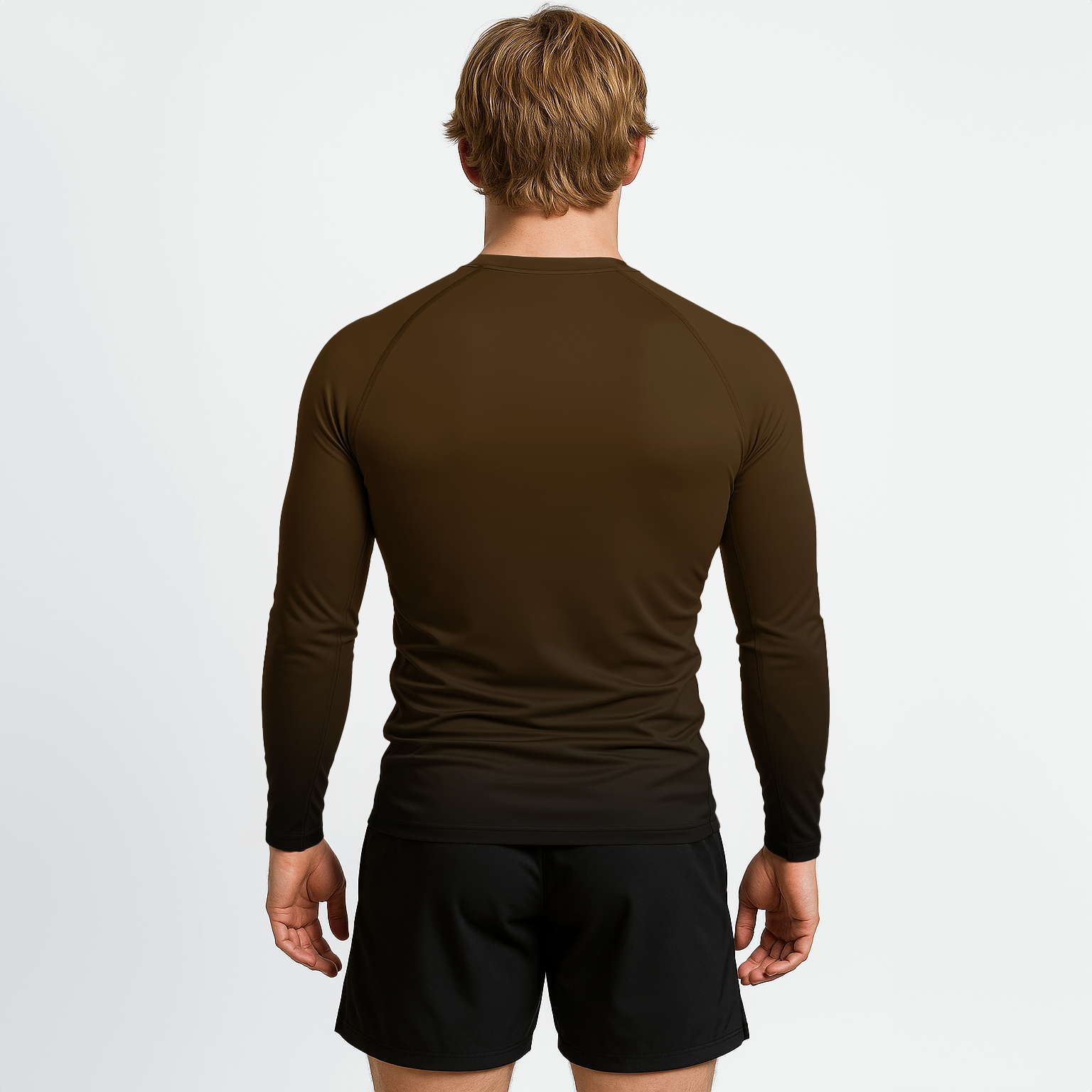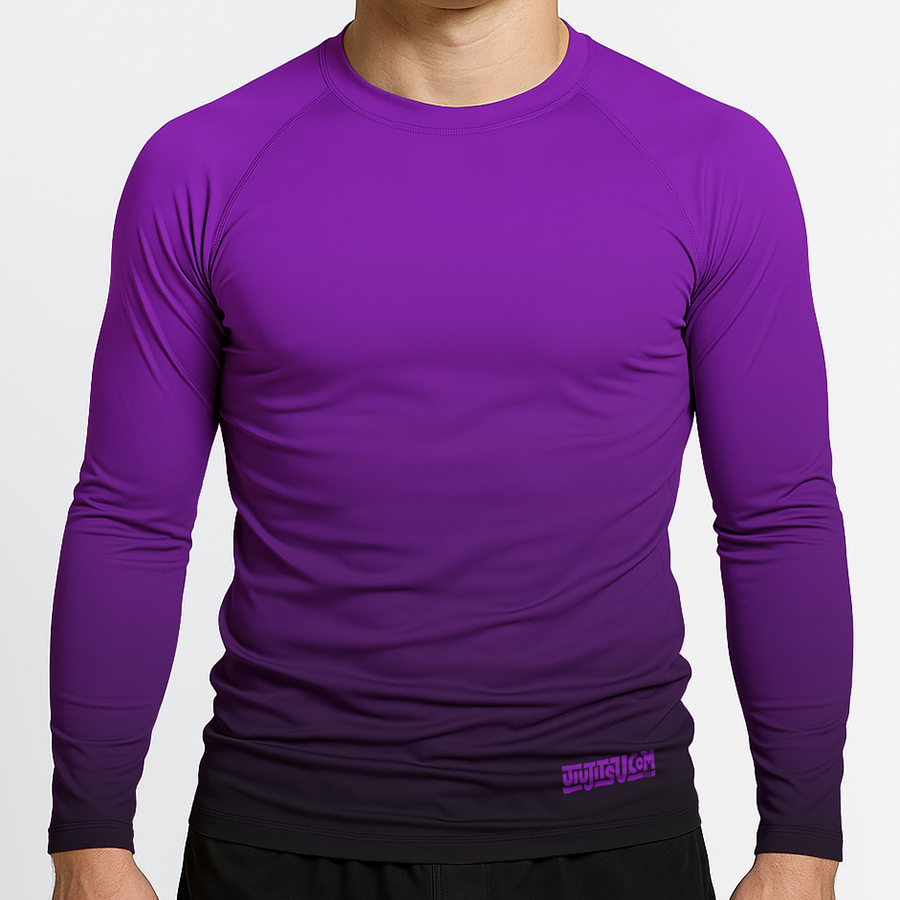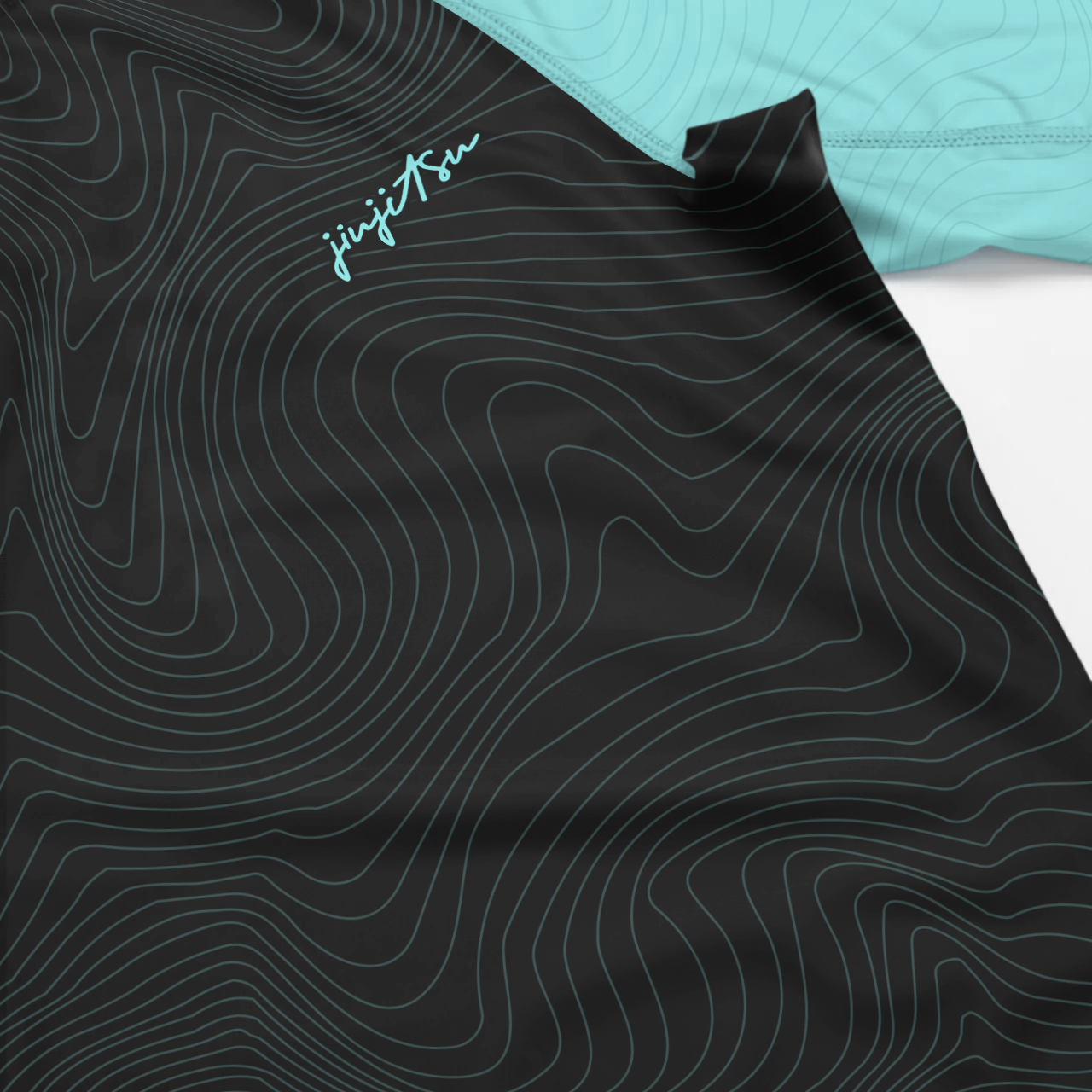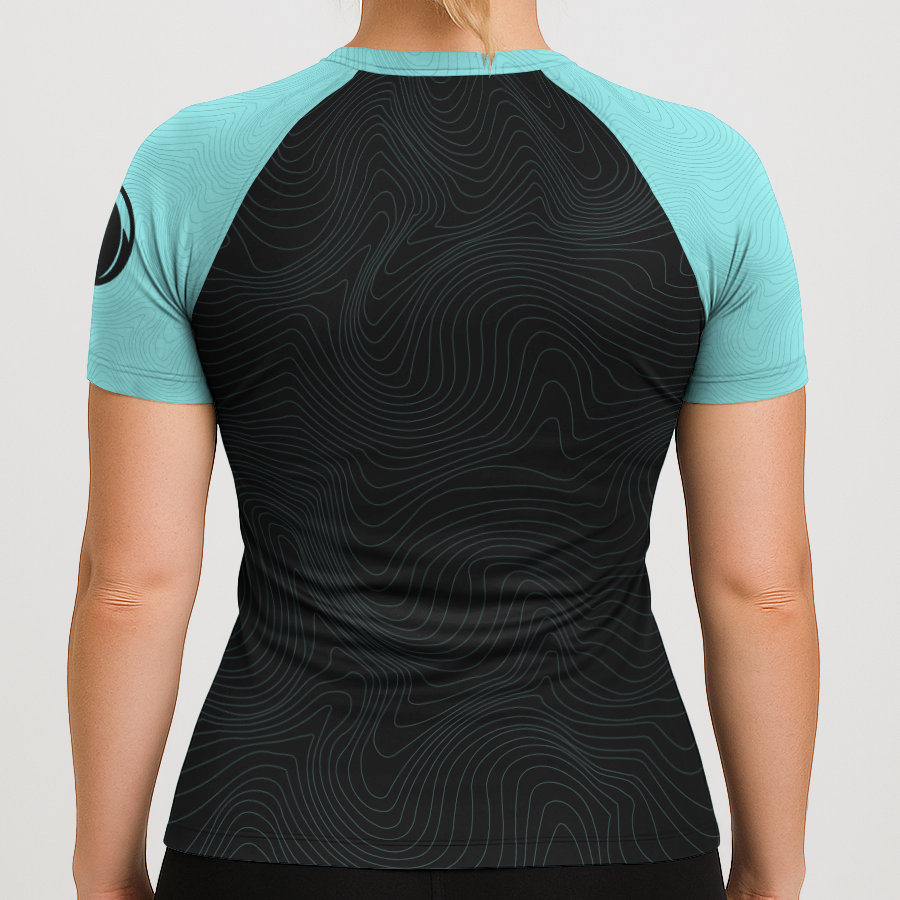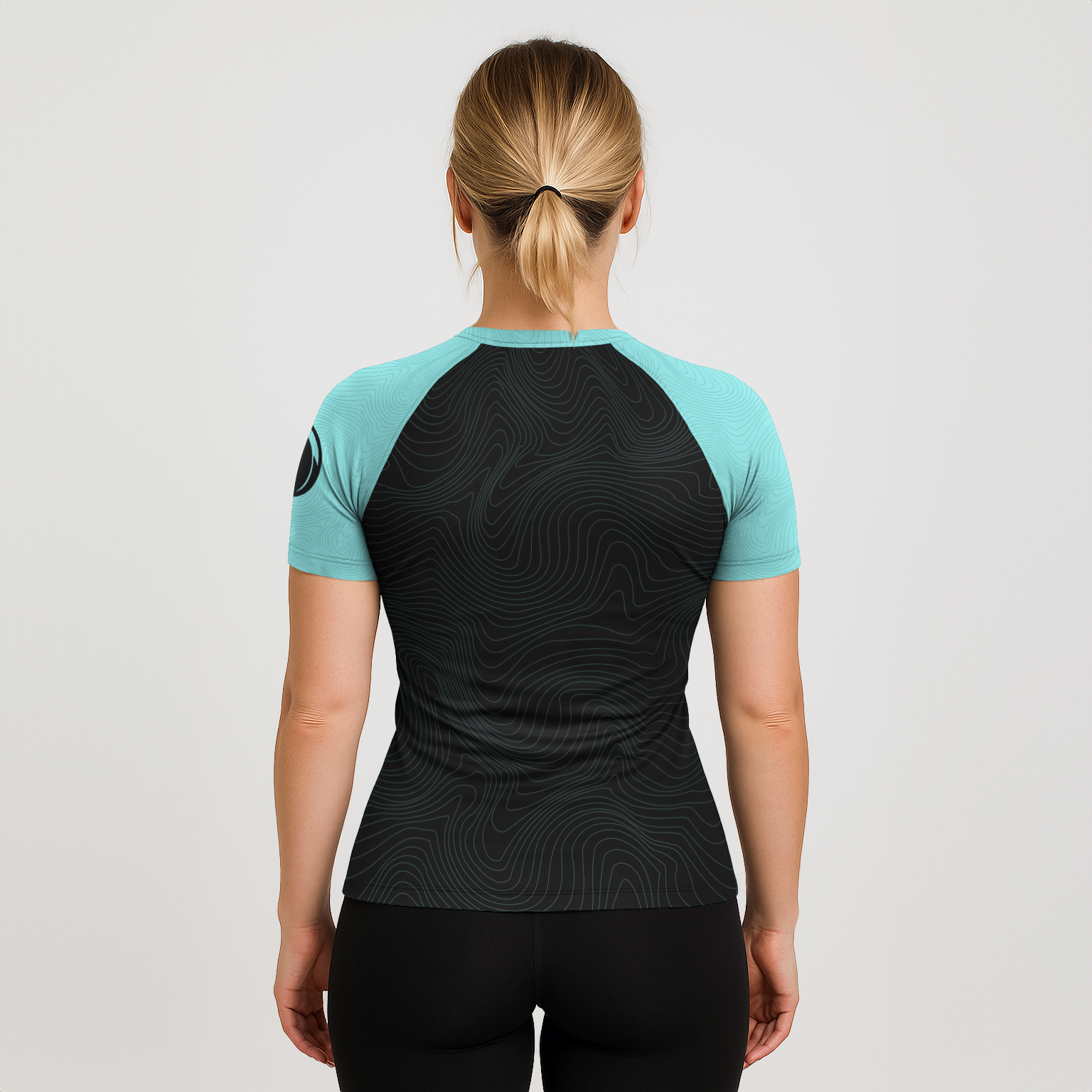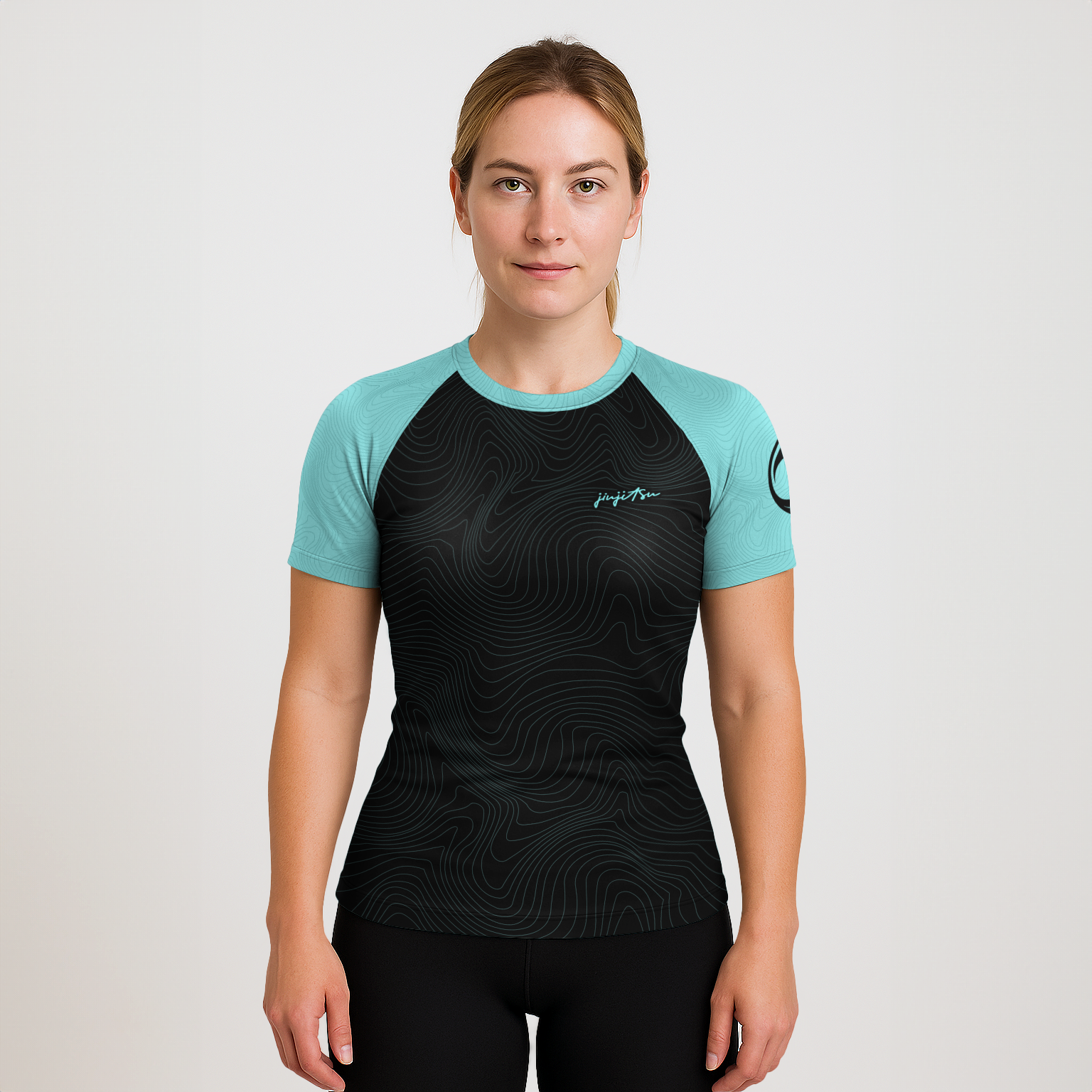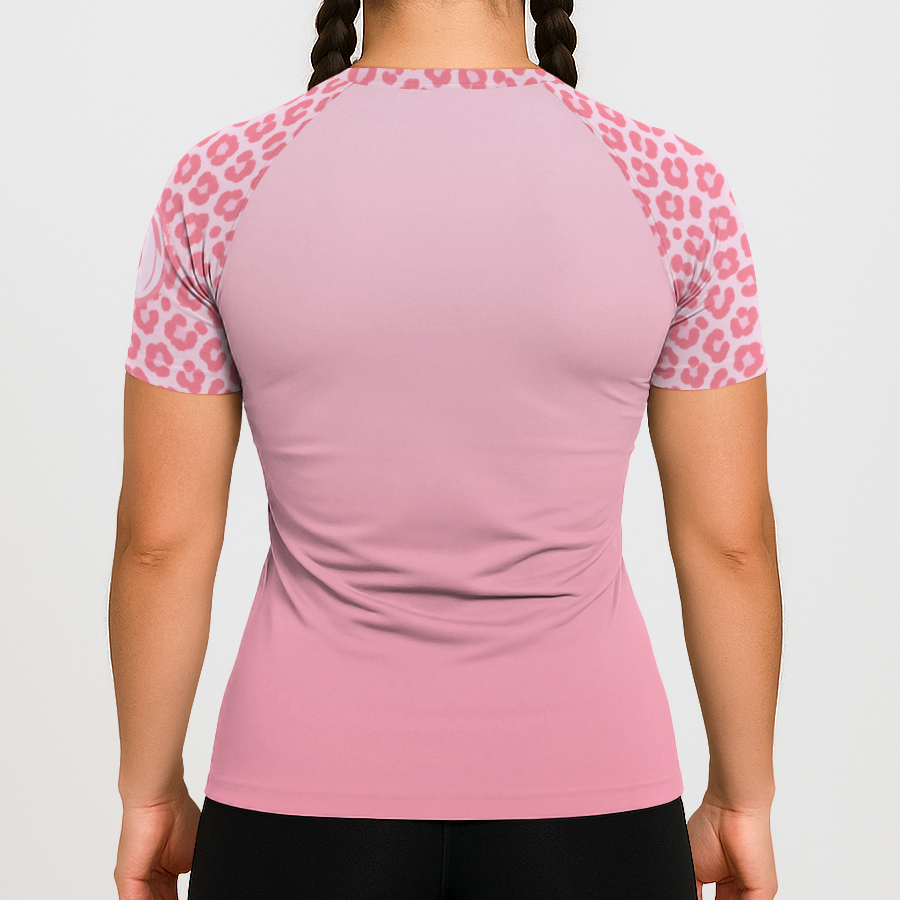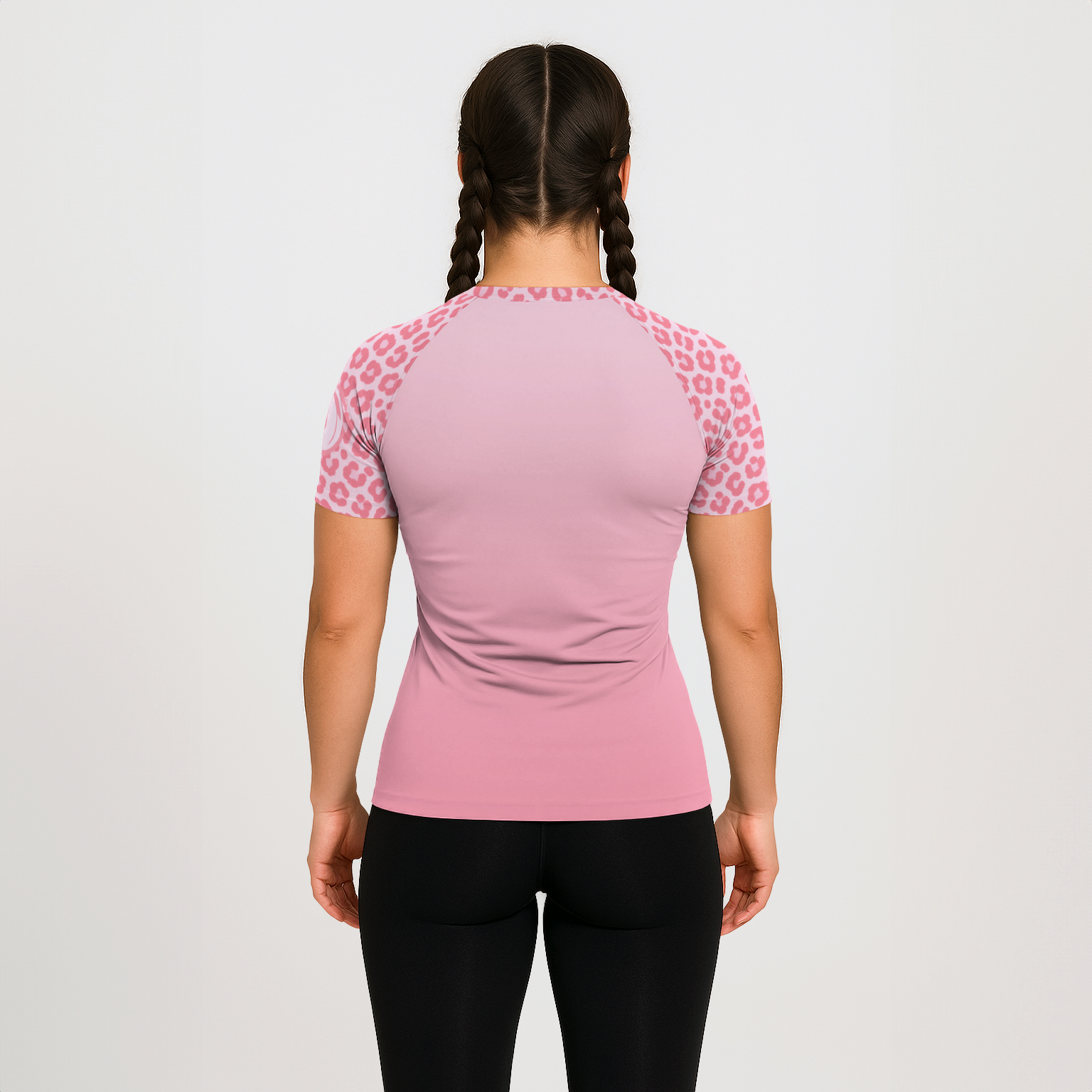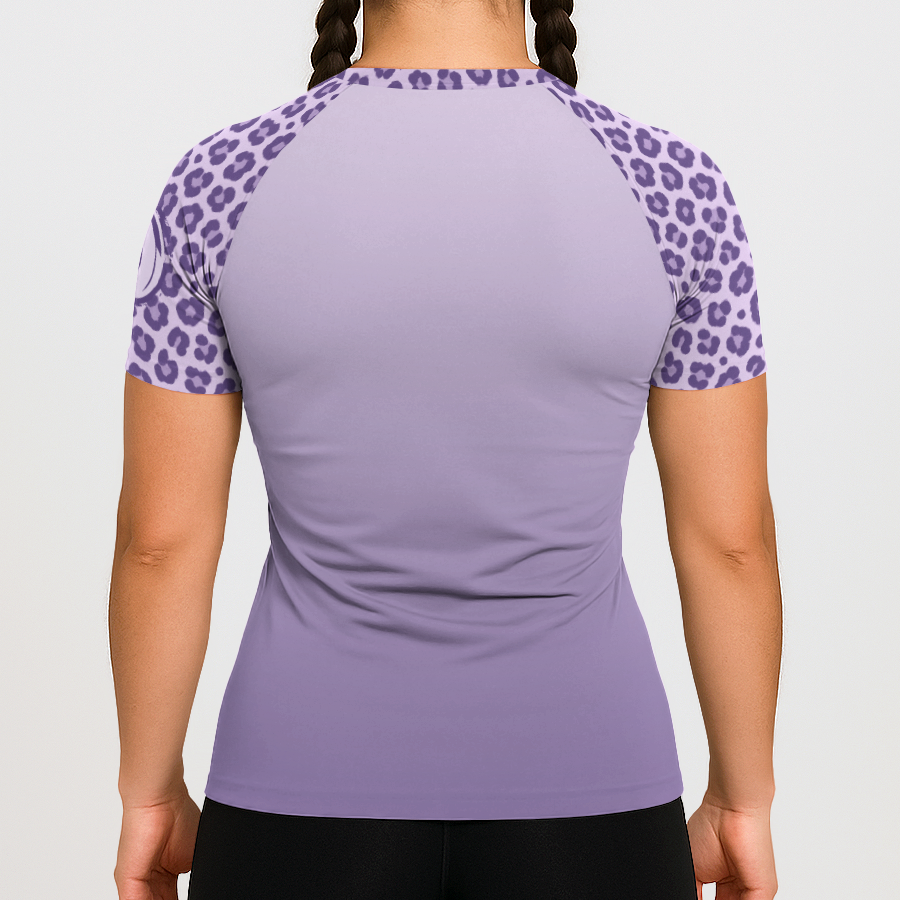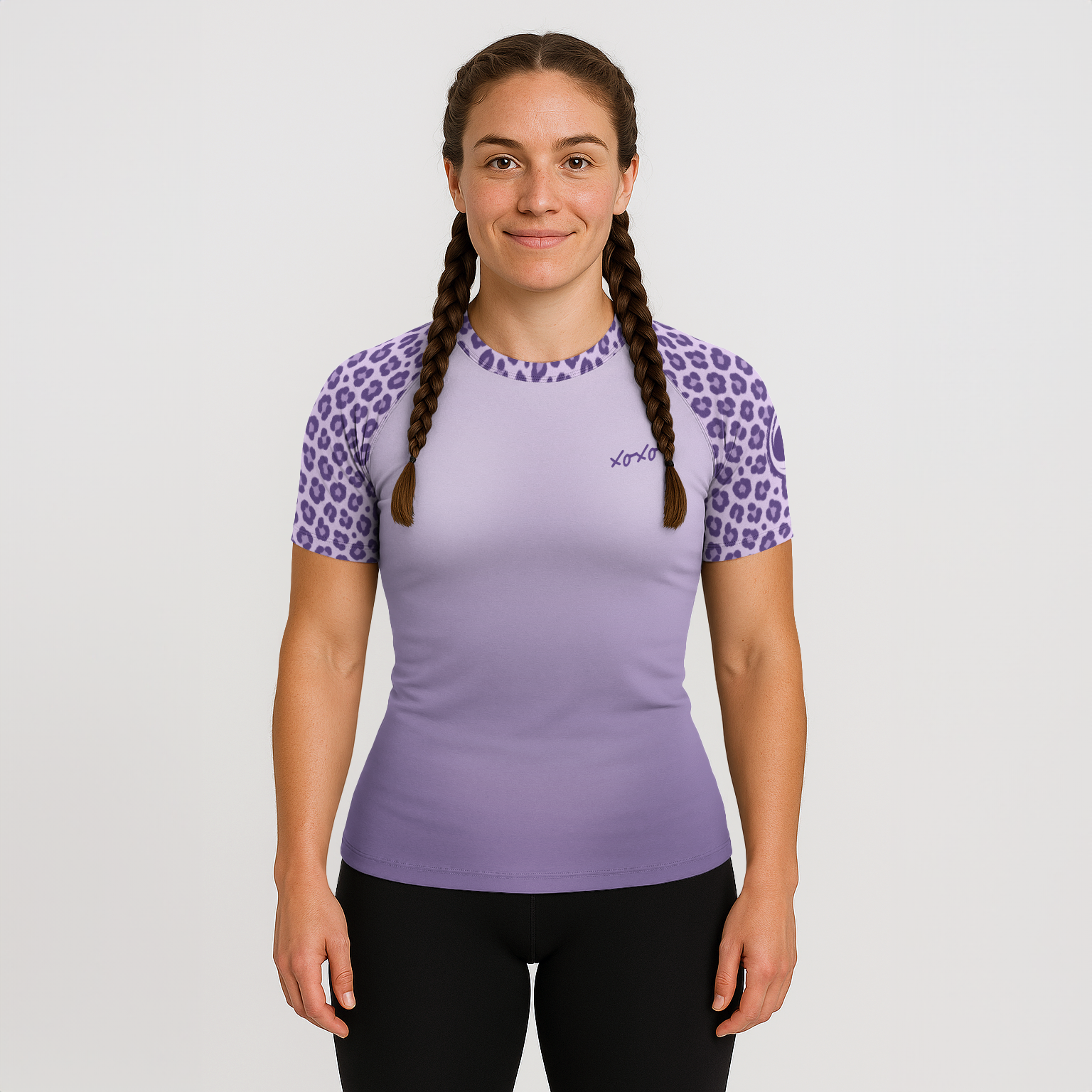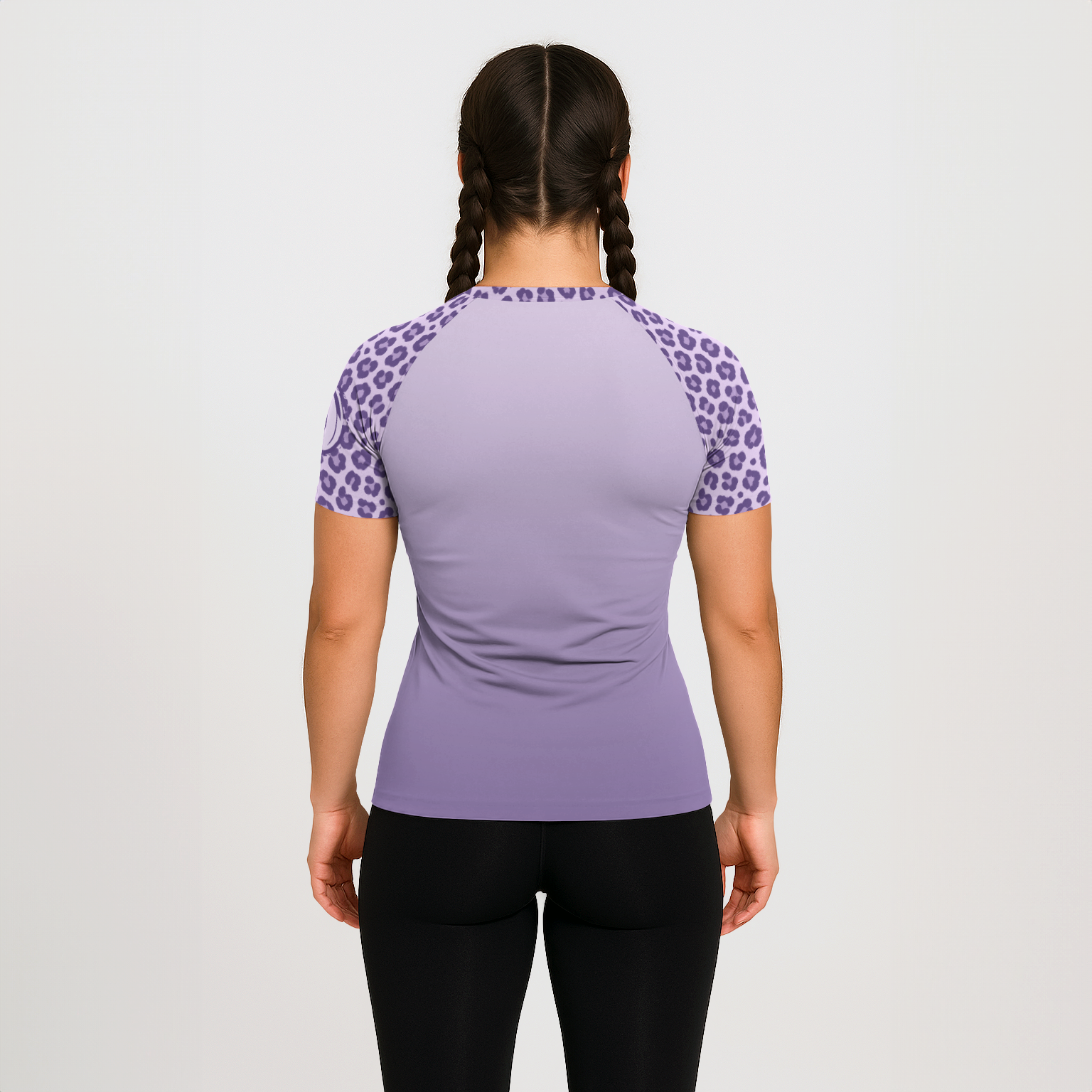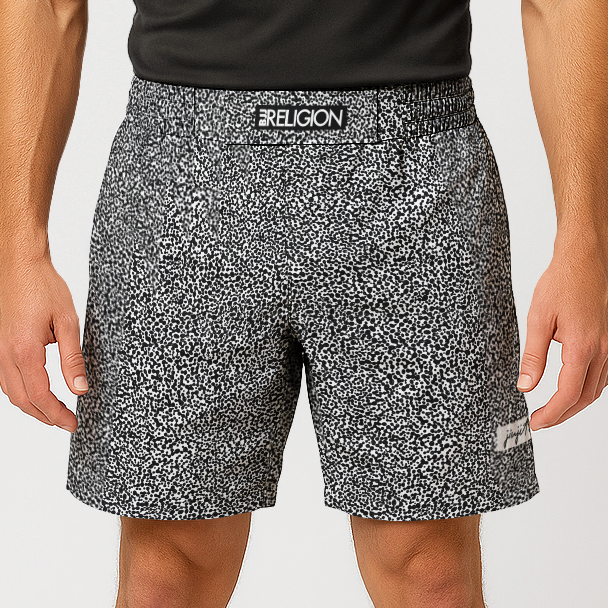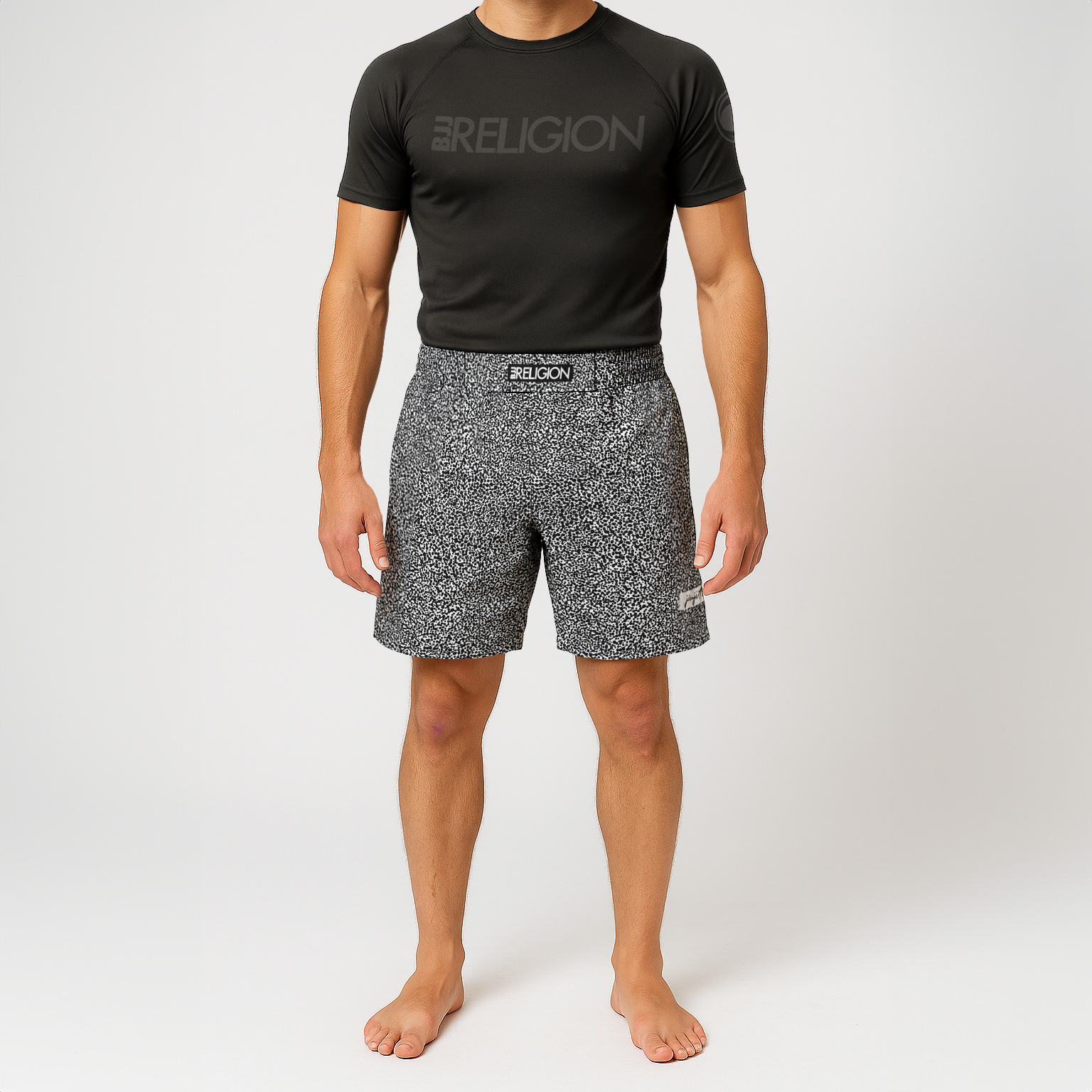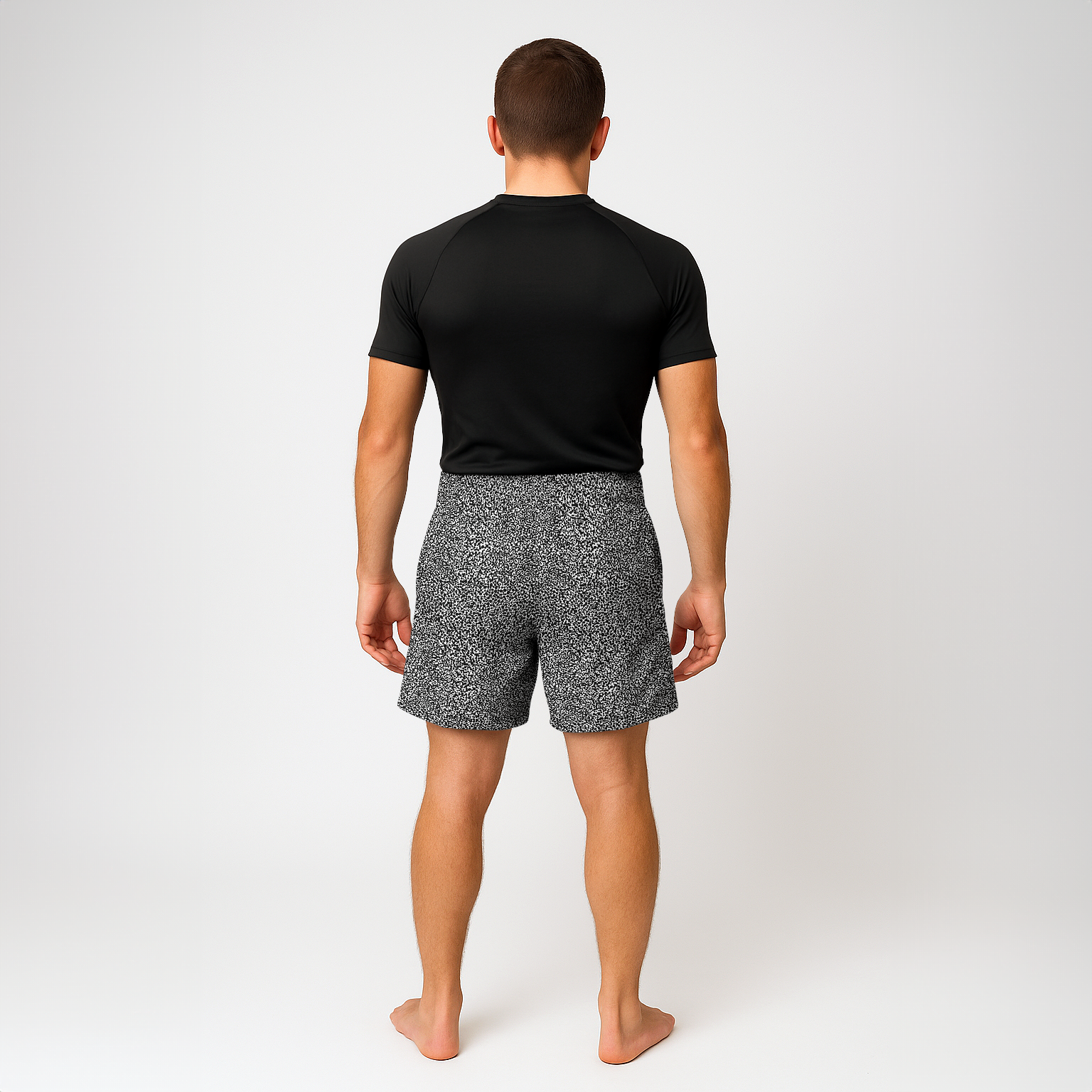How Many Calories Does Jiu Jitsu Burn?

If you're reading this article, we're willing to be that you're wondering how many calories does Jiu Jitsu burn?
You're in the right spot! We're going to dive into the factors that determine calorie burn in Brazilian Jiu Jitsu and provide practical tips to maximize your weight loss goals through this amazing sport.
Let's jump in and explore methods for calculating calories burned during jiu jitsu, as well as discuss strategies to enhance your calorie-burning potential while practicing Jiu Jitsu. We'll also educate you on metabolic rate and its impact on burning calories, ensuring that you understand the science behind effective weight management.
Lastly, we'll cover proper nutrition for fueling your body during jiu jitsu training sessions and share tips on monitoring your progress by tracking how many calories does jiu jitsu burn over your training session.
How To Calculate Calories Burned During Jiu Jitsu
If you train jiu jitsu and have a goal of losing or maintaining weight it's important to understand how many calories are being burned during training sessions to property track your progress to achieve your goals.
Average Calories Burned in BJJ Class

Okay, here's the deal - we can't give you an exact number of calories burned in jiu jitsu because of several individual factors. We have to take into consideration an individuals body composition, intensity level, and the overall time of the training session. But on average, you can expect to burn between 500-1000 calories per hour of jiu jitsu training.
The calorie range can even vary by skill level, for example if a white belt and a black belt are live sparring, the white belt is most likely expending a lot more energy than the black belt who is relying more on technique than athletic movements and explosions.
- Moderate Intensity: For your every day BJJ class with warm-ups, drills, and light sparring you should burn around 500-700 calories per hour.
- High Intensity: For more intense classes involving heavy sparring and competition-style rolling, calorie burn may increase up to 800-1000+ calories per hour.
This calorie range is comparable or even higher than other popular forms of exercise like running or swimming!
Finding Your Personal Calorie Burn Rate
To gain a more exact figure tailored to your body type and the intensity of your BJJ workout, consider using an online calculator or fitness tracker which takes into account such factors as age, weight, HR level etc., for personalized results.
A couple of our favorites are:
- MyFitnessPal is a popular app that allows you to input your jiu jitsu training sessions and provides an estimate of calories burned based on the duration and intensity level.
- Fitbit devices track your heart rate during workouts, which can provide more accurate calorie burn estimates by factoring in how hard you're working during each session.
If you're training BJJ primarily to get in shape and lose weight, then calculating the correct number of calories burned during training is super important. After all, if you can't count it - you can't track it. The calculators above or wearable fitness trackers(which we'll discuss later), will help you obtain personalized calorie counts for your specific body type and activity level. So next time you hit the mats, remember to keep track of those burning calories.
The benefit of calculating and tracking the amount of calories burned during jiu jitsu can help practitioners understand how much energy they are expending and plan their diet accordingly. Let's explore strategies to get the most out of calorie expenditure during jiu jitsu.
Will I Burn More Calories Training in the Gi?

While there are many benefits to training no-gi, when it comes to burning calories, nothing beats putting on your Jiu Jitsu gi and hitting the mats!
The extra weight of the gi adds up quickly and makes even simple drills and light rolling much more difficult than they would otherwise be - meaning your body has to work harder which results in burning more calories overall.
Aside from physically wearing the gi, the game has changed and you now have more control over your opponent when training in the gi. And because there are so many more techniques available when wearing a gi (collar chokes, sleeve grips etc.), you'll often find yourself trying out new moves which require you to use muscles you may not normally use while training without the gi - again resulting in increased calorie expenditure throughout your training sessions.
Maximizing Calorie Burn with Jiu Jitsu
To maximize your calorie burn while jiu jitsu training, try mixing in these helpful tips into your training to enhance the number of calories being burned. Performing exercises with increased vigor and regularity can assist in improving physical fitness levels, as well as bolstering jiu jitsu proficiency.
Intensity Matters: High-Intensity Interval Training (HIIT)
Incorporating HIIT style training into your jiu jitsu sessions can significantly increase calorie burn compared to the traditional BJJ curriculum. HIIT involves alternating between short bursts of intense activity followed by periods of rest or low-intensity exercise. This approach keeps your heart rate elevated throughout the session, leading to a higher calorie expenditure both during and after training due to an increased metabolic rate. While every academy runs their program differently, the ones that take competition serious will have competition specific classes that follow this similar structure.
Focus on Technique: Drilling for Efficiency
Focusing on perfecting technique through drilling is essential in Brazilian jiu jitsu as it allows for more efficient movement patterns when rolling or sparring. The better your technique, the less energy wasted while executing moves - which means burning fewer calories per move but maximizing efficiency during live practice sessions where intensity is high.
List of Effective BJJ Drills:
- Takedown drills
- Guard passing drills
- Sweep drills
- Submission chain drills
The more time spent practicing and drilling BJJ techniques, the greater potential for burning calories and improving your overall fitness.
Supplement Your Jiu Jitsu Training with Strength and Conditioning

Adding a strength training routine will help improve muscular endurance, explosive power, and overall athleticism - all of which will help your overall jiu jitsu game. This also translates into an increased ability to maintain high-intensity efforts on the mat, leading to greater calorie expenditure both during and after practice.
Recommended Exercises For BJJ:
- Kettlebell swings
- Squat variations (front squats or goblet squats)
- Pull-ups or chin-ups
- Push-up variations (close-grip push-ups or plyometric push-ups)
- Burpees
By understanding the caloric expenditure of jiu jitsu, practitioners can maximize their calorie burn and optimize their training. Realizing the significance of metabolic rate on caloric expenditure during jiu-jitsu is essential for optimizing one's training.
Understanding Metabolic Rate and Its Impact on Calories Burned
Your metabolic rate plays a huge role in the amount of calories you burn during jiu jitsu class. By examining the science of metabolic rate and its influence on calorie burn during Brazilian Jiu Jitsu, we can gain a deeper understanding of how it affects our training.
What is Metabolic Rate?
Metabolic rate is the measure of calories required by your body to perform essential processes like respiration, blood flow, cell production and temperature maintenance when at rest (often called BMR). Everyones metabolic rate will be different based on factors like age, gender, weight, muscle mass, etc.
How Does Your Metabolic Rate Affect Calorie Burn During Jiu Jitsu?
The higher your metabolic rate is at rest (BMR), the more energy you expend while performing any physical activity - including jiu jitsu training. Higher BMRs can result in a greater caloric expenditure during jiu jitsu compared to those with lower BMRs.
- Muscle Mass: Since muscles require more energy than fat cells even when resting; having a greater amount of lean muscle mass can increase your calorie burn during jiu jitsu practice.
- Fitness Level: As you become fitter through consistent bjj training sessions or other forms of exercise; your body becomes more efficient at utilizing energy, which can lead to burning fewer calories during the same activity.
- Intensity: The intensity of your jiu jitsu session will also impact how many calories you burn. The more intense the training session is, the more calories burned.
How Can You Increase Your Metabolic Rate?
To maximize your calorie burn during Brazilian Jiu Jitsu and other forms of exercise, consider incorporating these strategies into your lifestyle:
- Increase Muscle Mass: Mix in regular strength training to build lean muscle mass and boost your BMR.
- Eat Protein-Rich Foods: Eating protein-rich foods will increase metabolism as it requires more energy for digestion compared to carbohydrates or fats.
- Avoid Crash Diets: Extremely low-calorie diets may slow down metabolism due to loss of muscle mass. Instead, focus on consuming balanced meals with appropriate portion control.
- Maintain Consistent Exercise Routine: Regular physical activity helps maintain an elevated metabolic rate even when at rest.
Taking control over factors affecting your metabolic rate is essential for maximizing the number of calories burned during each jiu jitsu session. By understanding how metabolic rate impacts calorie burn and implementing strategies to increase it, you'll be well on your way towards achieving better results from both weight loss goals and overall fitness improvements through consistent Brazilian Jiu Jitsu practice.
To maximize calorie burn during jiu jitsu, it is important to consider one's individual metabolic rate. Now that we have an understanding of metabolic rates, let's explore ways to fuel our bodies for maximum calorie burn while training Jiu Jitsu.
Fueling Your Body for Maximum Calorie Burn During Jiu Jitsu
To maximize calorie burn during while training, proper nutrition should be consumed prior to, during and after each session for optimal performance. By providing your body with the necessary energy sources, you can enhance performance and optimize calorie burning.
Pre-Training Nutrition
Prioritize consuming a balanced meal 1-2 hours before training that includes carbohydrates, proteins, and healthy fats. Carbs are essential for activities that require vigor, such as Brazilian jiu jitsu.
Some examples of pre-training meals include:
- Oatmeal with berries and almonds.
- Brown rice with grilled chicken breast and avocado slices.
- A whole-grain sandwich filled with lean protein and veggies.
Intra-Training Hydration & Electrolytes
Staying hydrated is essential for achieving peak performance in martial arts. Drinking water throughout your BJJ training helps prevent dehydration while also aiding in calorie burn by maintaining an efficient metabolic rate. Additionally, consider adding electrolyte supplements or sports drinks to replenish lost minerals through sweat.
Post-Training Recovery Nutrition
After a rigorous session of burning calories on the mats, refueling your body is crucial for recovery and muscle growth. By eating something rich in protein and carbohydrates within 30-60 minutes after training you will promote muscle repair, replenish glycogen stores, and support continued calorie burning.
Some post-training meal ideas include:
- Protein shake with banana and almond milk.
- Grilled salmon with quinoa and steamed vegetables.
- Greek yogurt topped with granola and honey.
Incorporating these nutritional strategies into your jiu jitsu routine will help you maximize calorie burn during each session while also supporting overall performance improvement.
Supplying your body with the correct nourishment prior to, throughout, and after a jiu jitsu practice is vital for amplifying energy expenditure. With proper nutrition in place, you can now monitor your progress by tracking calories burned while practicing jiu jitsu.
Monitoring Your Progress: Tracking Calories Burned During Jiu Jitsu
In order to effectively monitor progress and reach fitness goals, it is important to measure calorie expenditure during jiu jitsu training.
Using a Heart Rate Monitor
Heart rate monitors are one of the most accurate ways to measure calorie burn during physical activity, including jiu jitsu. These devices use sensors placed on the chest or wrist to detect heart rate fluctuations throughout a workout session. By utilizing calculations based on age, mass, gender and pulse rate information, these gadgets can offer a gauge of complete calories consumed.
- Select a reliable heart rate monitor from reputable brands such as Polar or Garmin.
- Ensure proper placement of the device according to manufacturer instructions for optimal accuracy.
- Sync with compatible smartphone apps or online platforms for easy tracking and analysis of workout data over time.
Fitness Trackers & Smartwatches
In addition to dedicated heart rate monitors, many modern fitness trackers and smartwatches also offer built-in features for measuring calorie burn during workouts like Brazilian Jiu-Jitsu (BJJ). Devices like Fitbit Charge series or Apple Watch come equipped with advanced motion sensors that capture body movements in real-time while estimating energy expenditure through proprietary algorithms tailored specifically towards BJJ practitioners' needs.
Tips:
- Select a device designed specifically for martial arts or combat sports for the most accurate results.
- Choose a tracker with sturdy construction to stand up to the demands of jiu jitsu training.
- Ensure proper device setup and input your personal information (age, weight, gender) to enhance accuracy in calorie burn estimation.
- We do not recommend rolling or live sparring with any wearable trackers. You'll have to use calorie estimation techniques for your rolls.
Smartphone Apps & Online Calorie Calculators
If you prefer not to invest in additional hardware like heart rate monitors or fitness trackers, or need to estimate the calories burned while live rolling or sparring without your tracker there are several smartphone apps and online calculators that we mentioned previously which can help estimate calories burned during jiu jitsu sessions. These calculators typically require users to input basic demographic data (age, weight, gender), workout duration, and intensity level before providing an estimated calorie expenditure figure based on established formulas such as the MET (Metabolic Equivalent of Task).
Conclusion
Caloric expenditure during jiu jitsu training can be variable, contingent on the vigor of your routine, skill level, metabolic rate and other factors. However, understanding how many calories does Jiu Jitsu burn is essential for achieving your fitness goals.
By tracking your progress with a calorie counter or monitoring device, you will be able to accurately measure the amount of energy expended in each session and adjust accordingly as needed to maximize caloric burn from jiu jitsu training.

